News
21st July 2025
A new paper was published authored by T. Nagaya and S. Wallis
Details are in the list of recent research papers.
21st July 2025
Thomas's recent paper in JGR was selected as an editor's highlight paper!
See EOS https://eos.org/editor-highlights/creep-cavitation-may-lead-to-earthquake-nucleation
21st July 2025
Some photos of some recent trips away
Click here for details
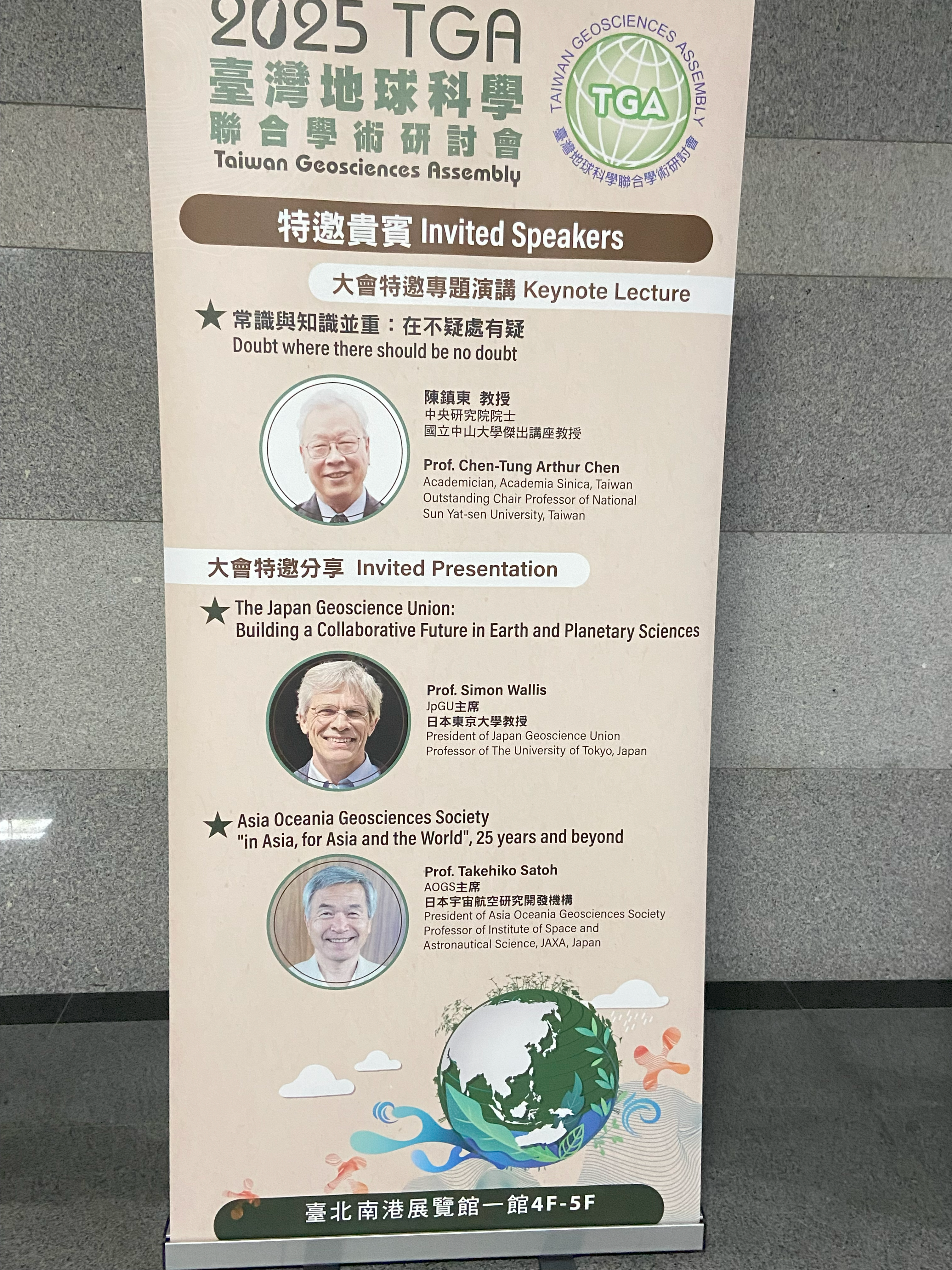
Photo 1: A big advertisement for my talk at TGA (Taiwan Geosciences Assembly 2025)
Photo2: Receiving a memento of the occaision from C C Wu, President of the Chinese Geoscience Union in Taiwan (TCGU).
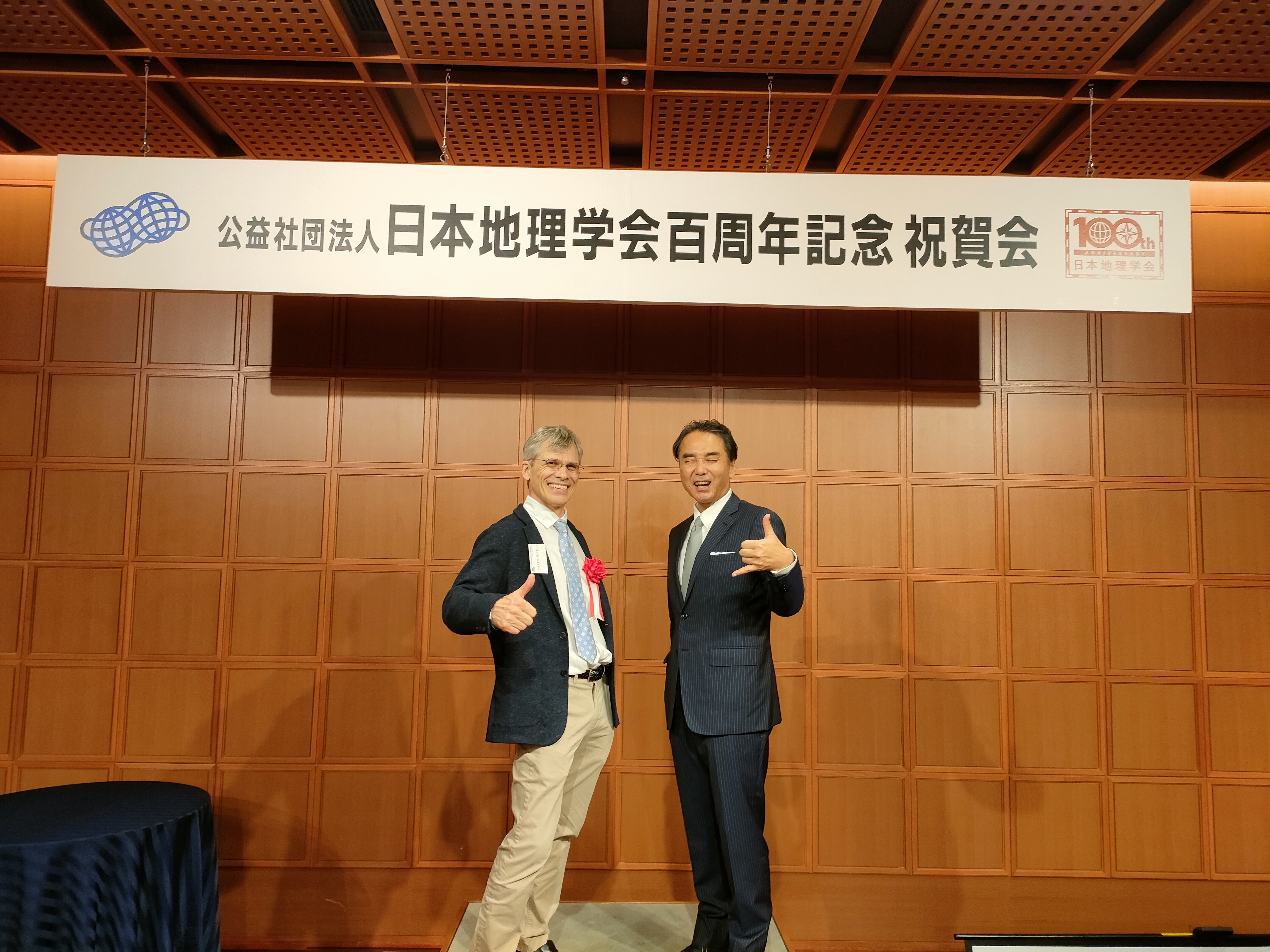
Photo 3: At the 100th anniversary celebration since the founding of the Geographical Associaion of Japan. Masaru Yamaguchi of NHK was acting as MC.
Photo 4: Summer excursion to the serpentinite in the eastern most part of the Sanbagawa belt. It's hot!
Photo 5: The Sanbagawa belt in the Ranzan area. The piedmontite and folds were great.
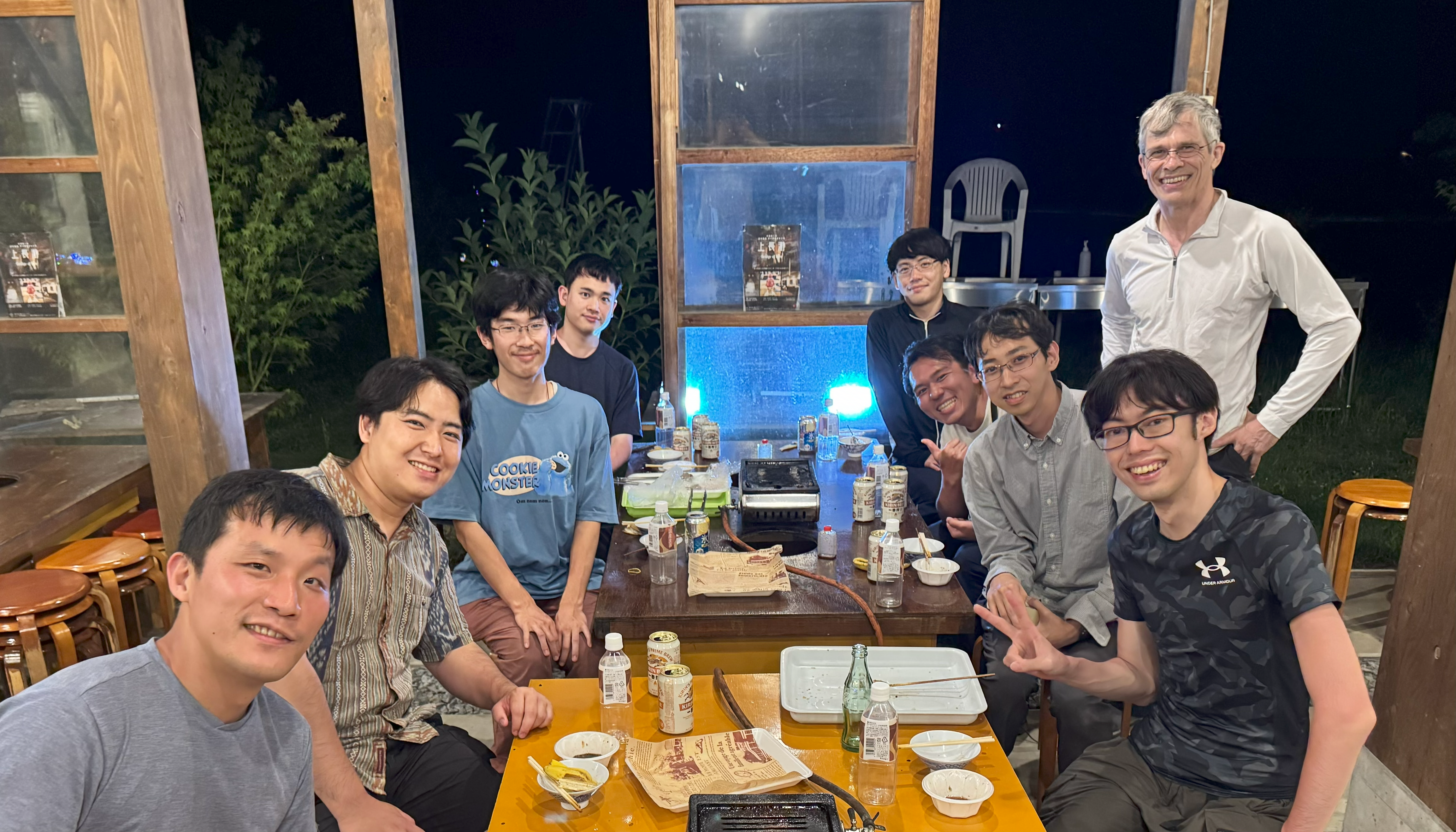
Photo 6: Barbecue at the end of day at Nagatoroso.
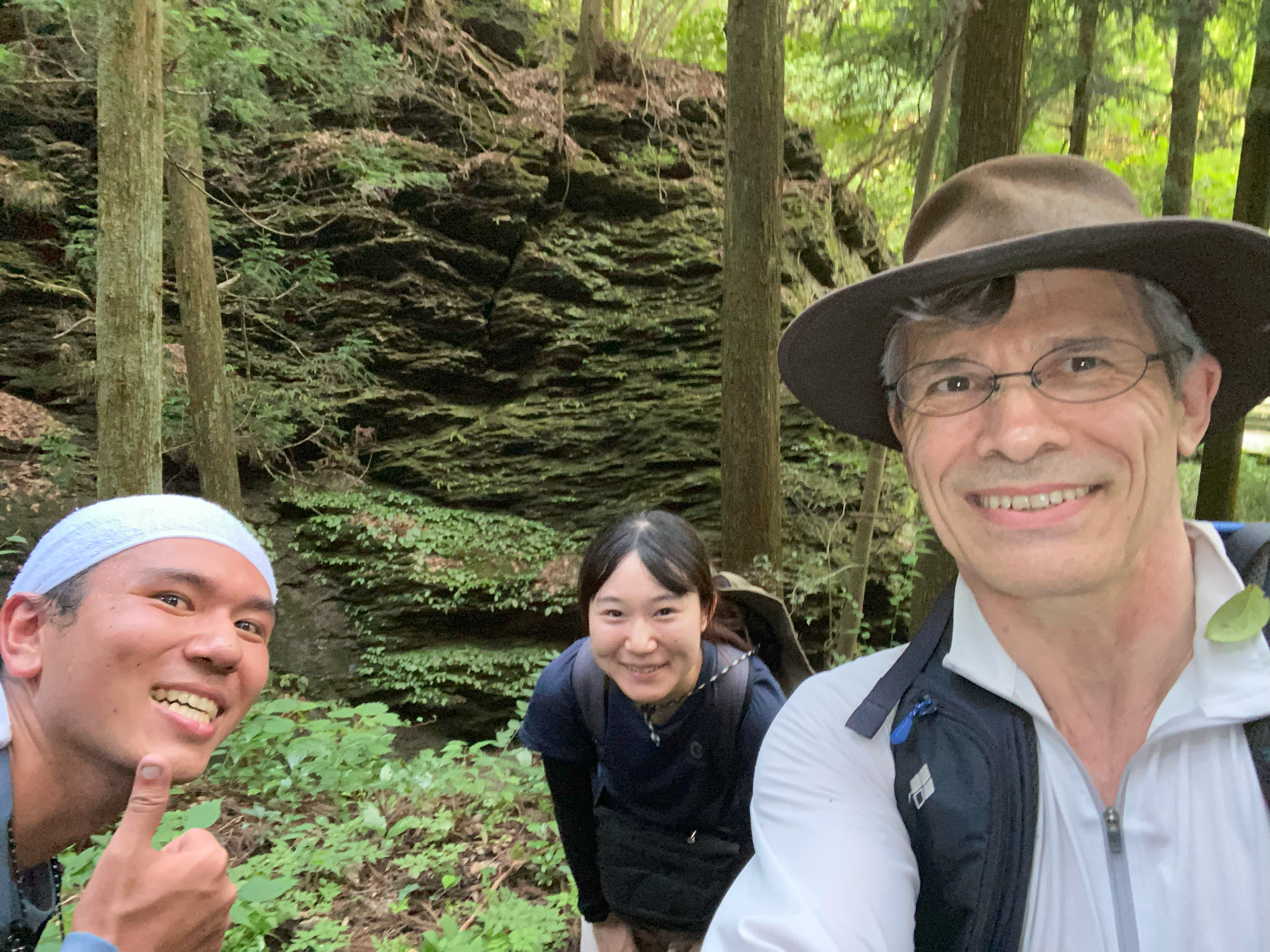
Photo 7: Field work around Kamabuseyama. This time with just the three of us.
7th May 2025
Two new papers were published with T. Ito and T. Yeo as lead authors.
Details are in the list of recent research papers.
29th March 2025
We had a party for those moving on, new jobs and new courses!
Click here for details
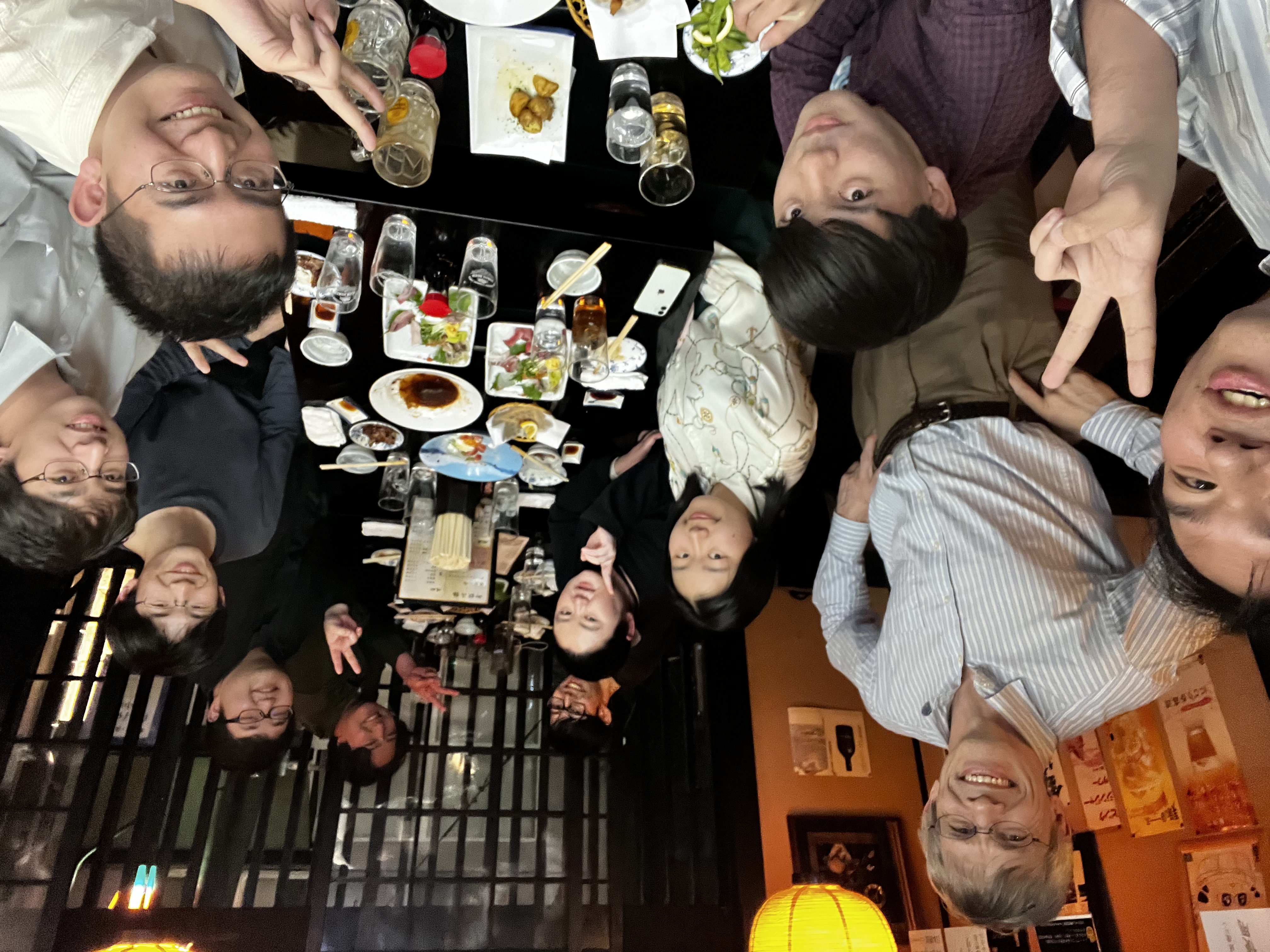
Takayoshi Nagaya is moving to Waseda University as associate professor, Shogo Soejima is joining the Fukada Geological Institute, Tokiyuki Morohoshi is starting a job in geological consulting, and Rion Yamaoka (ex-Akisawa group) is joining the central government. Good luck and congratulations to all!
Keita Takahashi and Hikaru Hoshi graduated at the end of March.
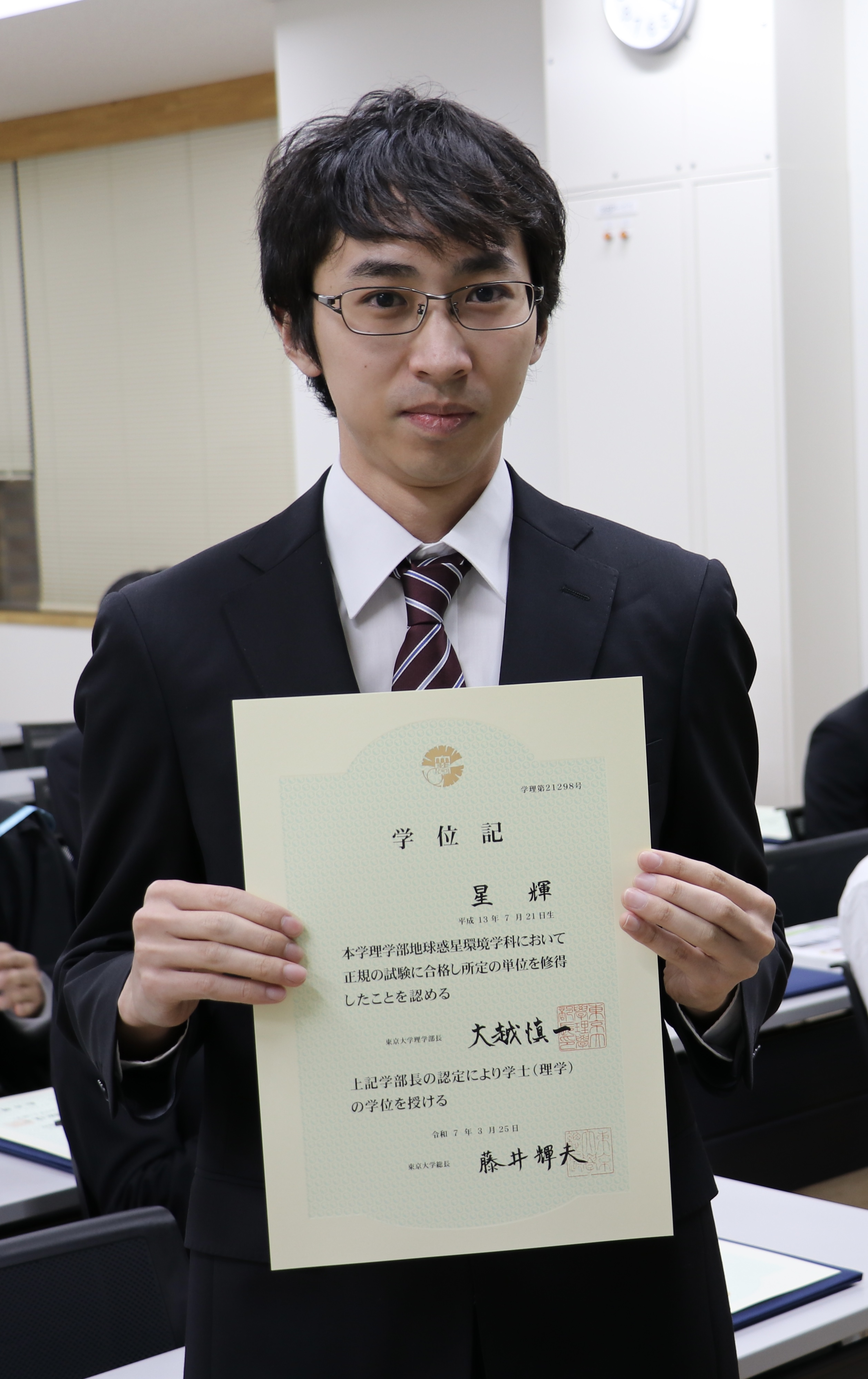
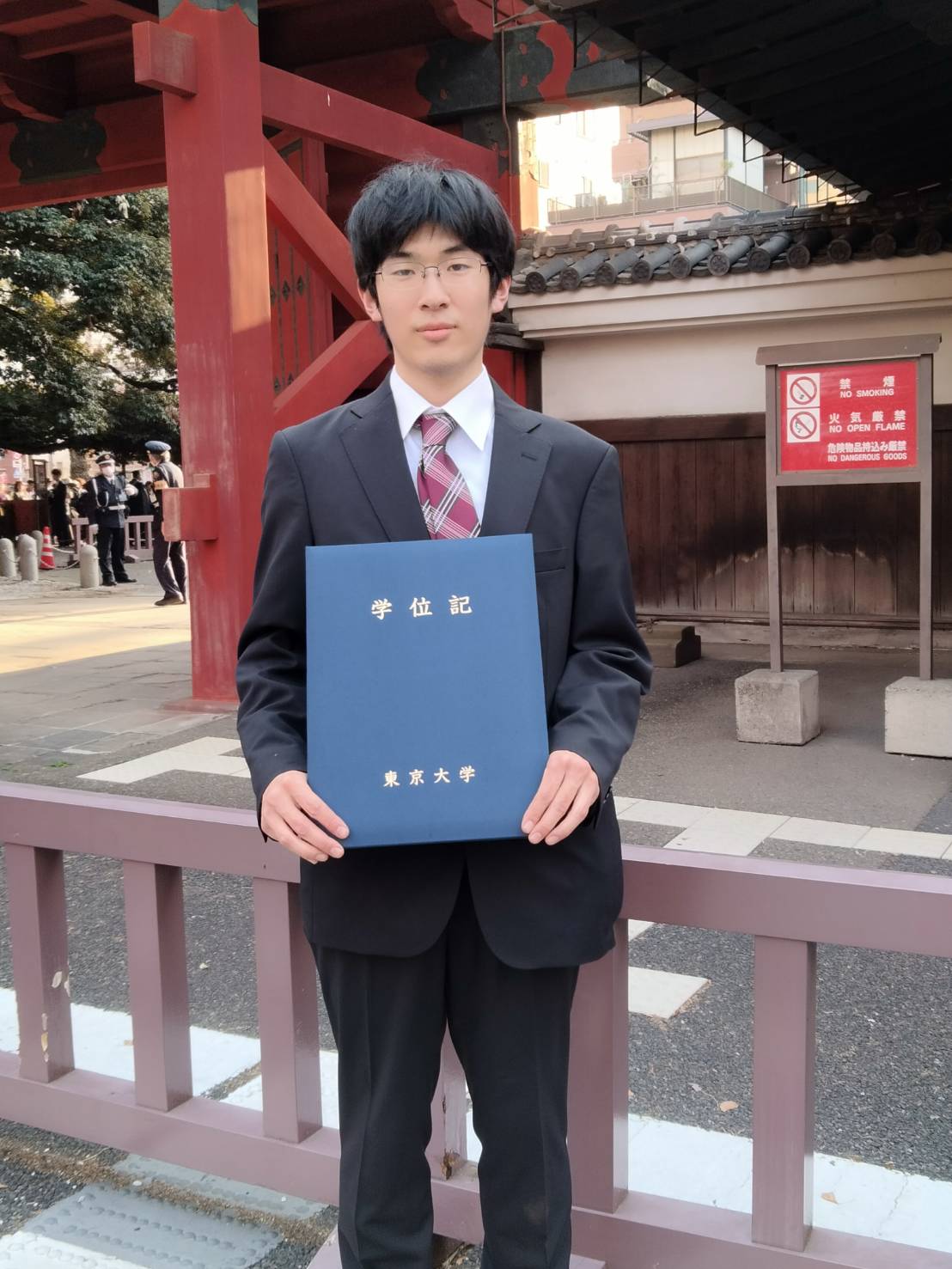
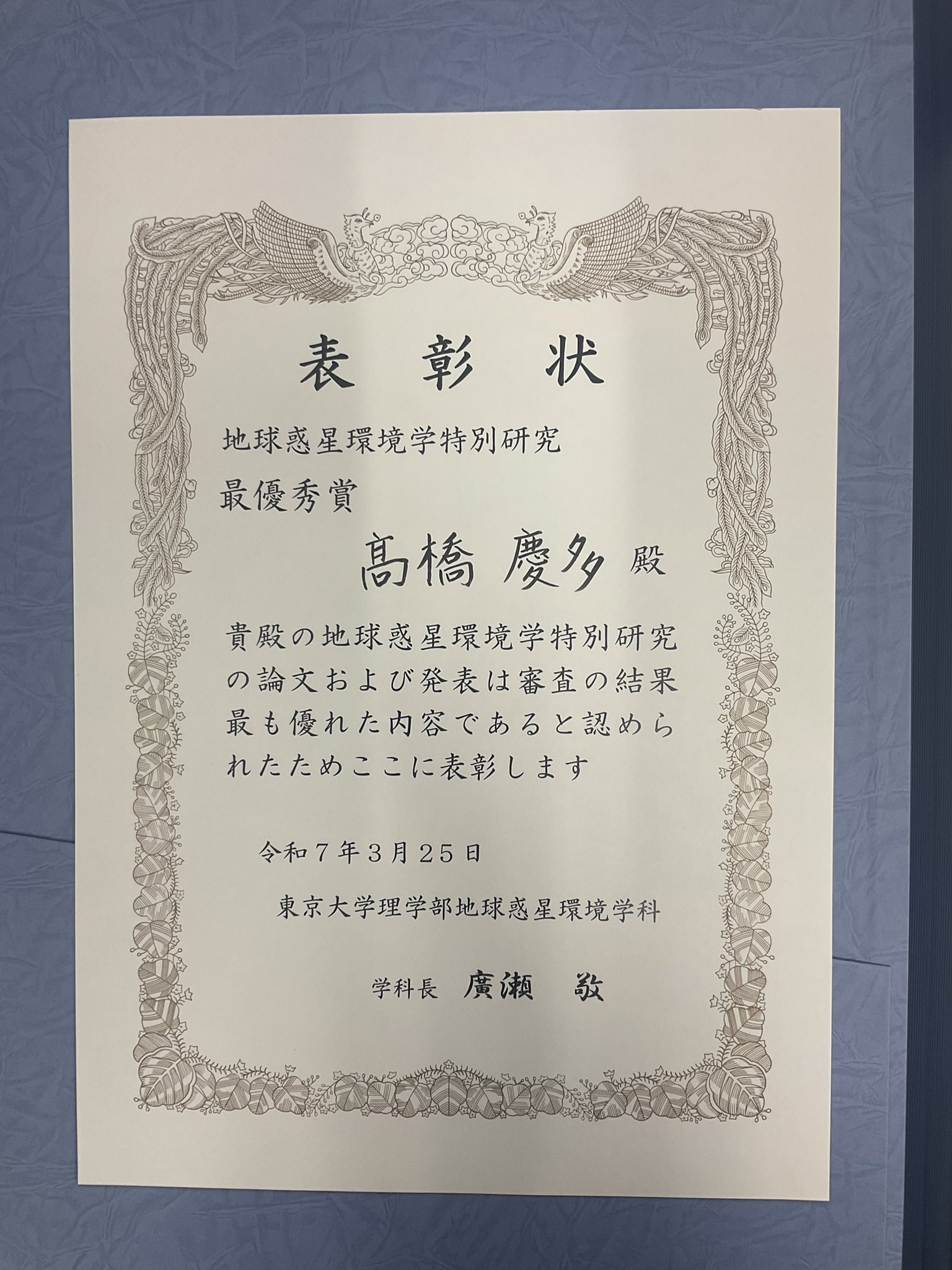
Aya Takahata successfully completed her Master's course.
Congratulations to all three! We all look forward to the next stage of their research.
29th March 2025
A different sort of rock!
Shogo Soejima and his group Gokigenyo have released a CD.
Like a great blend of Santana and Dido.
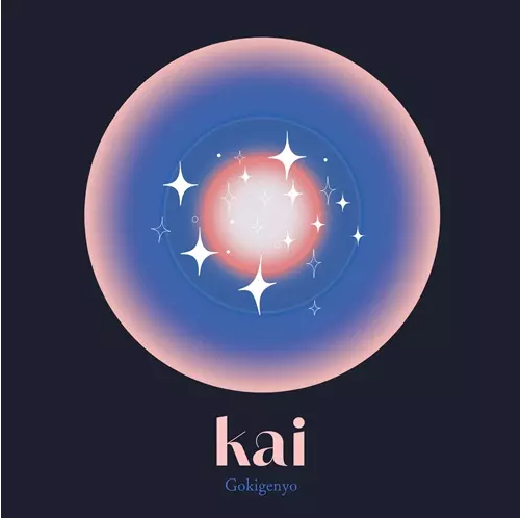
14th December 2024
This year's American Geophysical Union meeting was held in Washington DC.After his research talk, as President of JpGU Prof. Wallis also had the role of awarding the Asahiko Taira Ocean Drilling Prize.
Click here for details
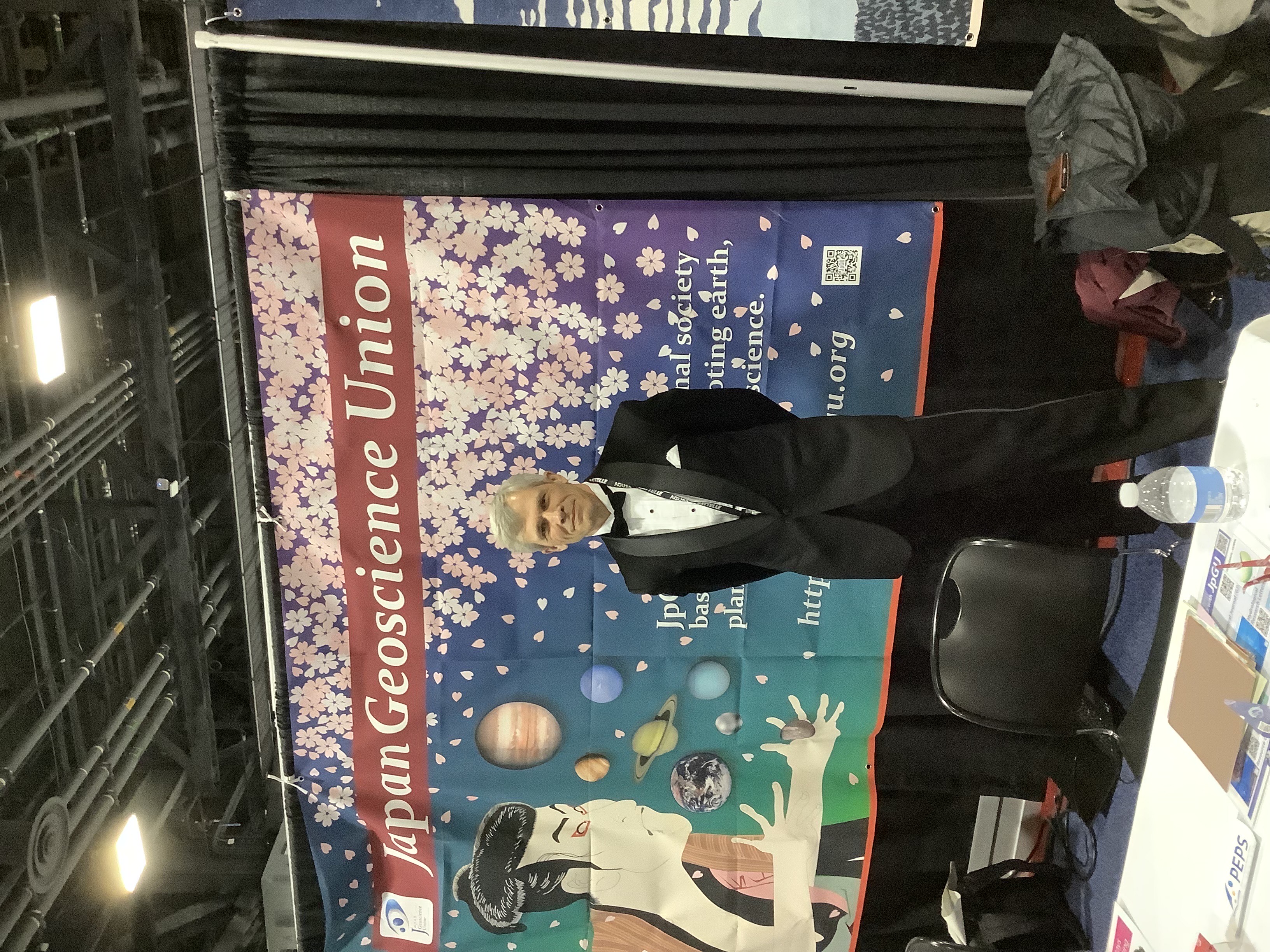
Prof Wallis in fron of the JpGU booth
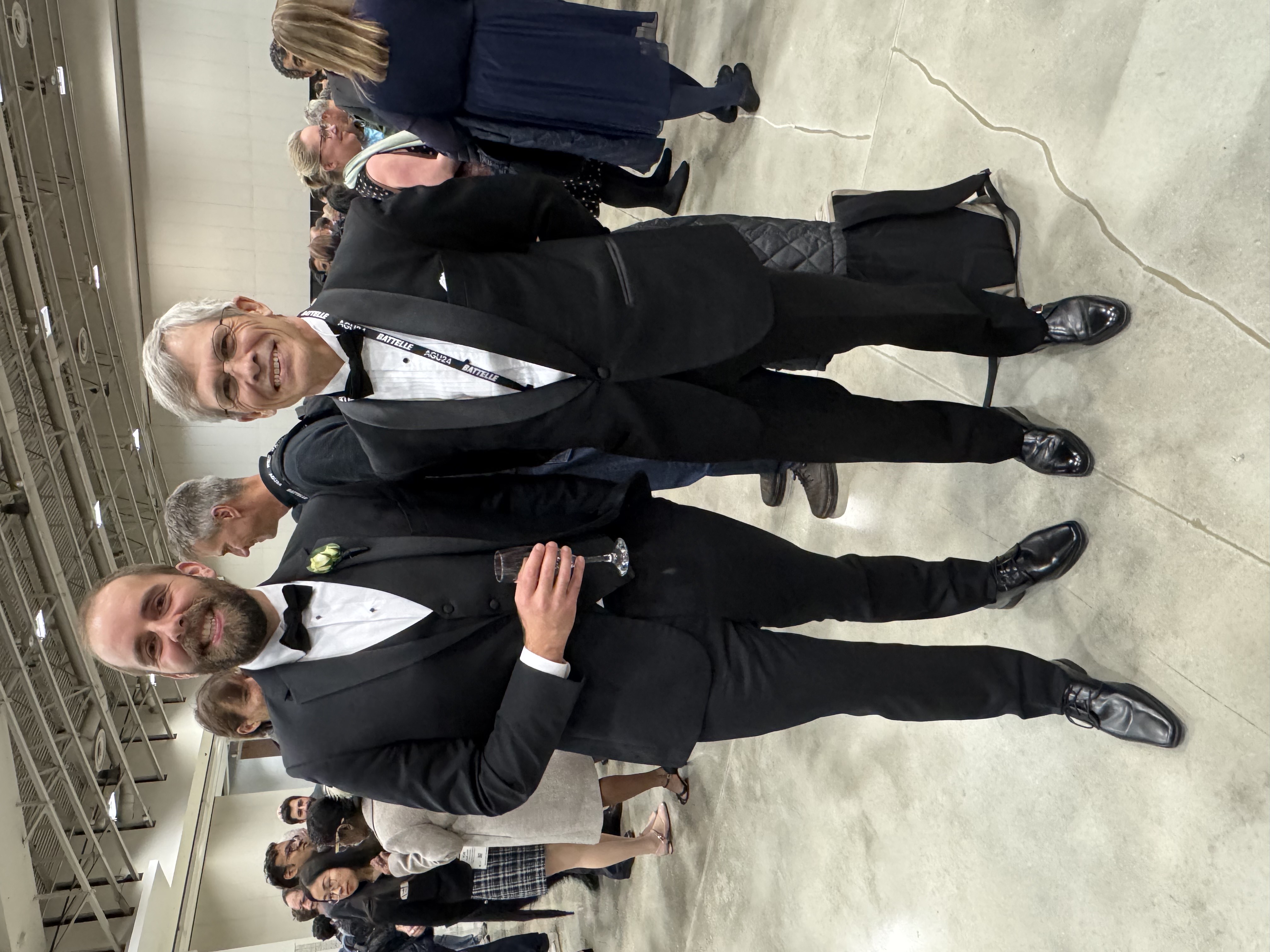
Prof Wallis with Chris Lowery, this year's recipient of the Taira Prize.
2nd December 2024
November 23-27 Morohoshi-san, Soejimasa, and SW carried out field work in the eastern
part of Aichi prefecture. The purpose of the field work was to collect samples suitable for studying
material transport around an igneous intrusion and to determine the order of intrusion of different
facies.
Click here for details
Coarse grained granite intrudes pelitic schist showing evidence for partial melting. A network of partially molten rock combines to form igneous veins of a few cm thickness, which cross cut the granite.
A fine grained granite intrudes pelitic schist. The presence of contrasting types of granite over a distance of 200 m shows the complexity of relationships in the area.
Andalusite-bearing pelitic schist. Observations in the X-Y plane show porphyroblasts with asymmetric structures.
The same outcrop of andalusite-bearing pelitic schist. Observations in the X-Y plane show elongate porphyroblasts.
12th August 2024
We went to Ryumonzan in Wakayama Prefecture 7-9 August. It was very hot and we were grateful for the bottles of frozen drink sold in the convenience stores.
Click here for details
Strongly foliated pelitic schist. If you look closely you can see numerous tight folds.
A close up shot of the pelitic schist showing crenulations of an older schistosity.
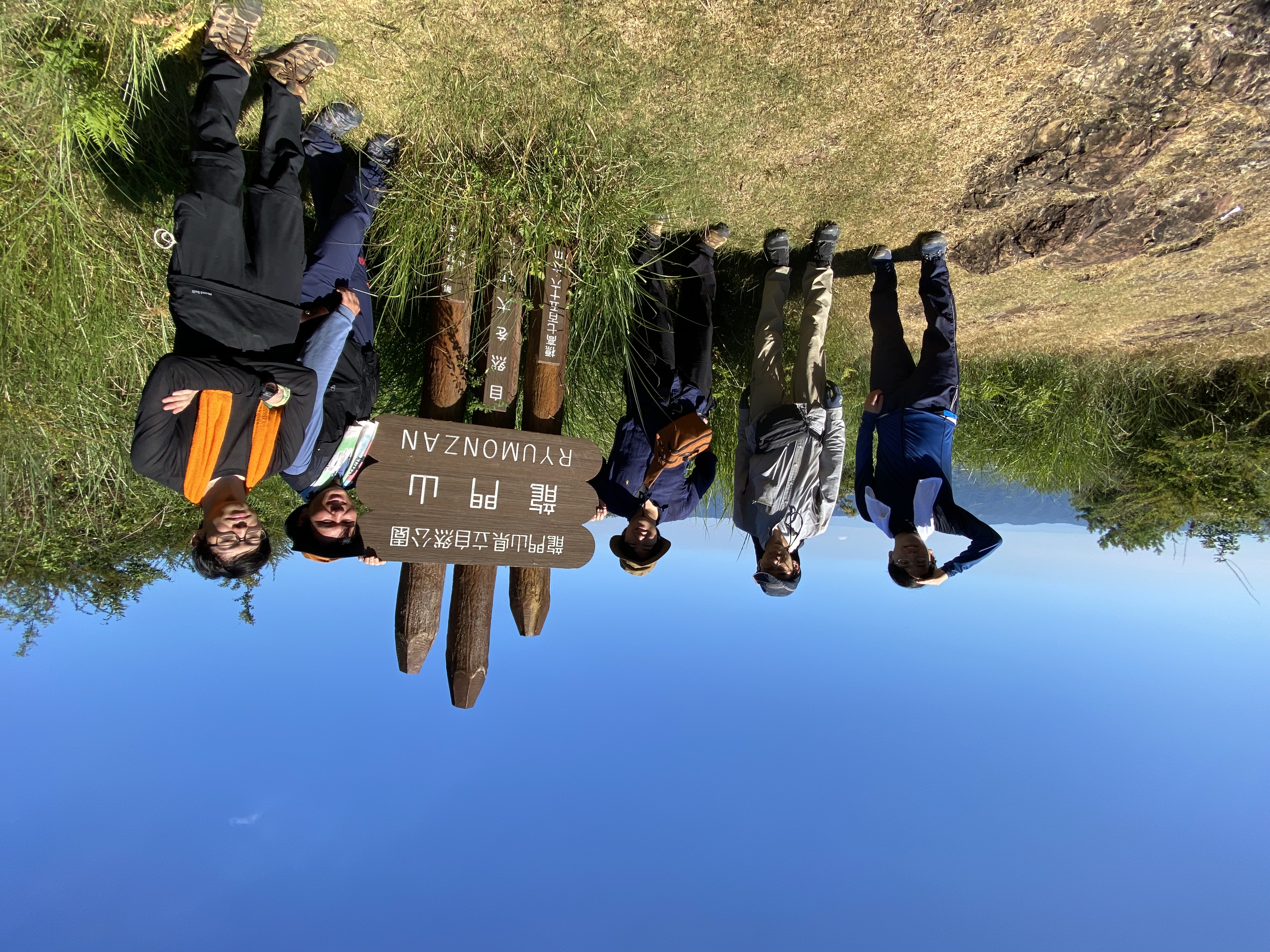
At the summit of Ryumonzan (蛇紋岩). On the path there was an area where the magnetism of the serpentinite was so strong that the compass needle rotated 180°.
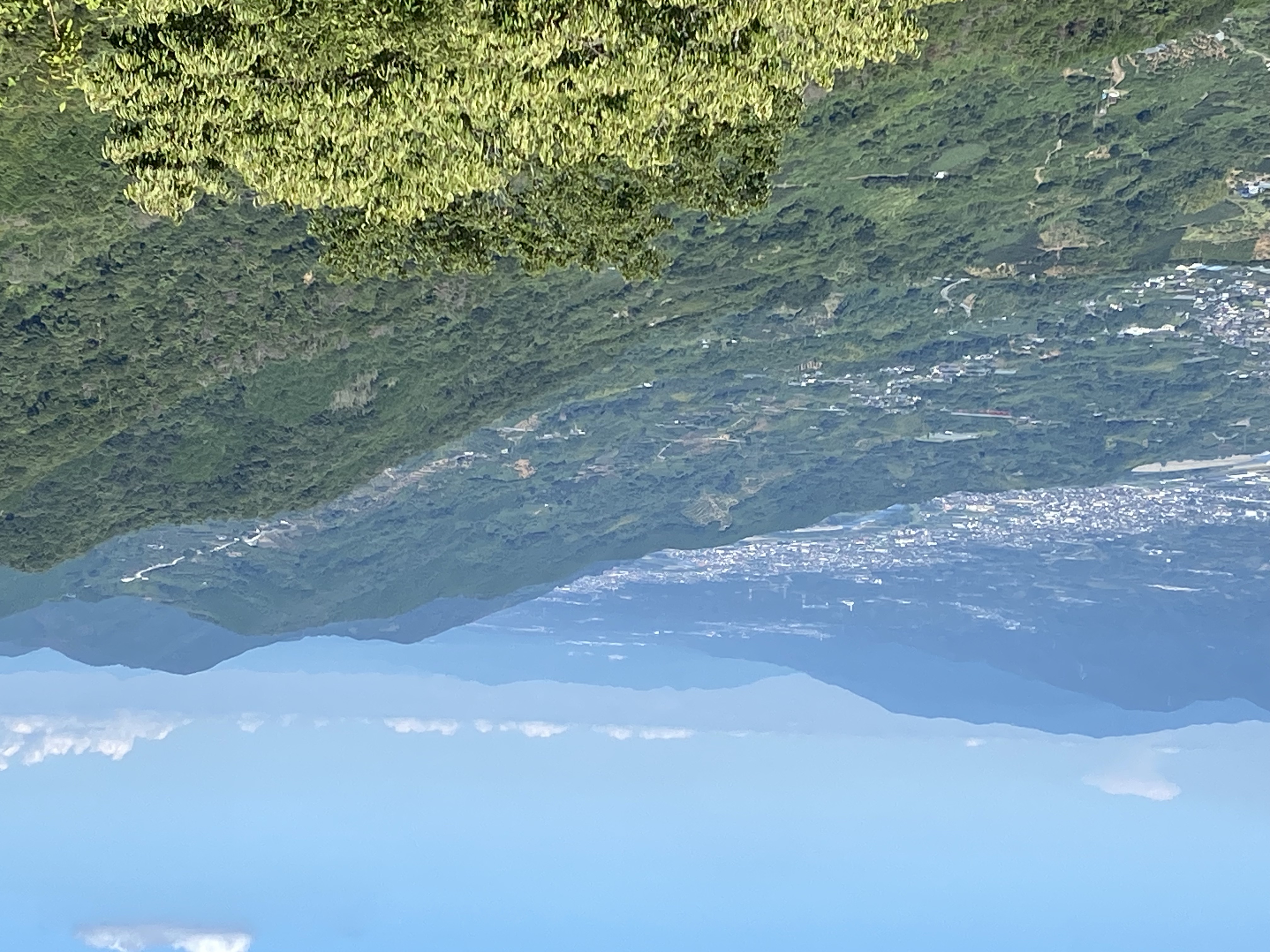
The view from Ryumonzan. The built up valley marks the location of the Median Tectonic Line.
12th August 2024
July 13-14 we climbed Mt Kinpusan close to Kofu city in Yamanashi Prefecture.
Our thanks to OB Dr Yamaoka (AIST) for his excellent work as a guide. We saw a range of structures that helped us understand the formation of granite plutons.
Click here for details
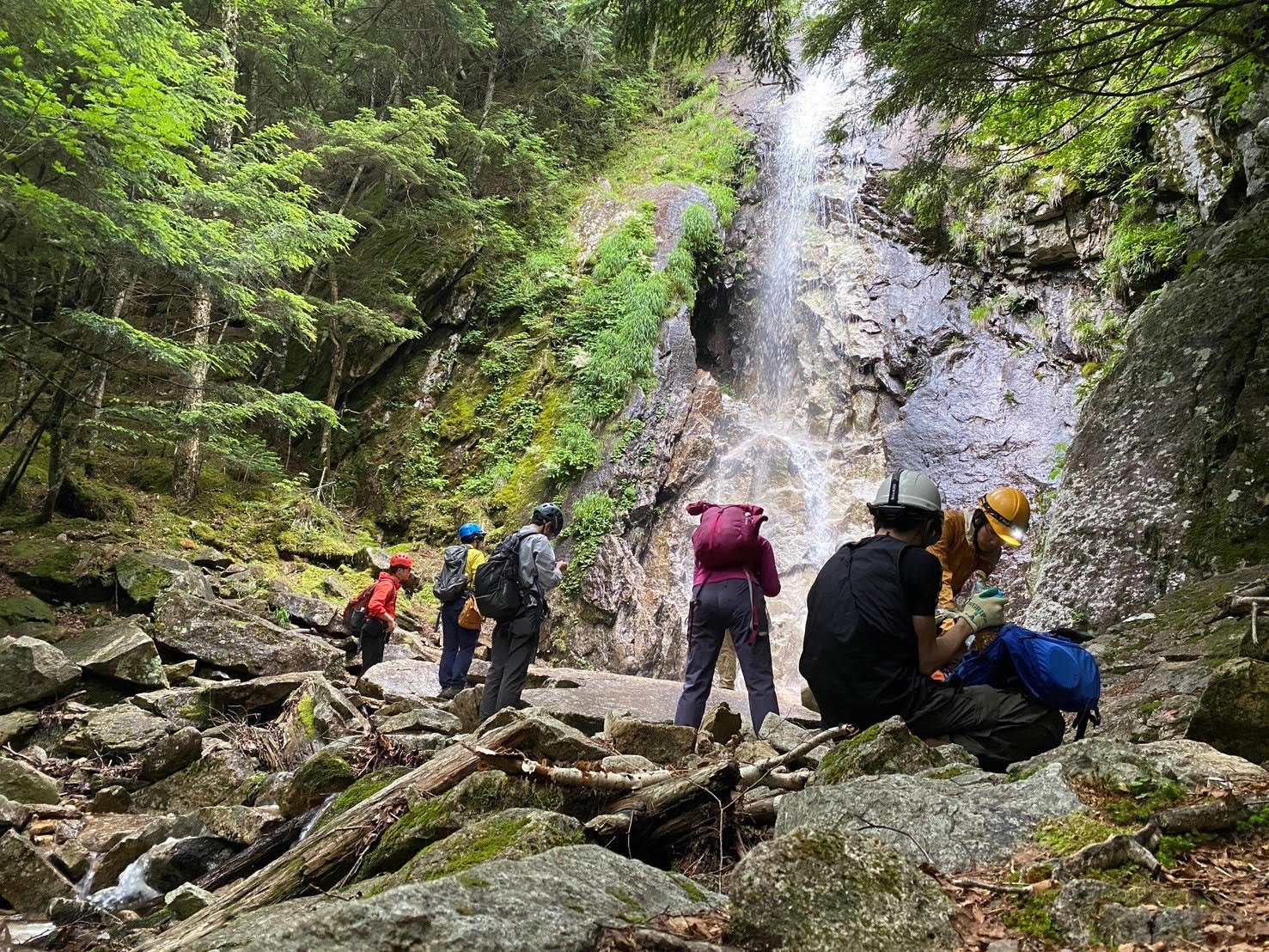
A brief stop at a waterfall.
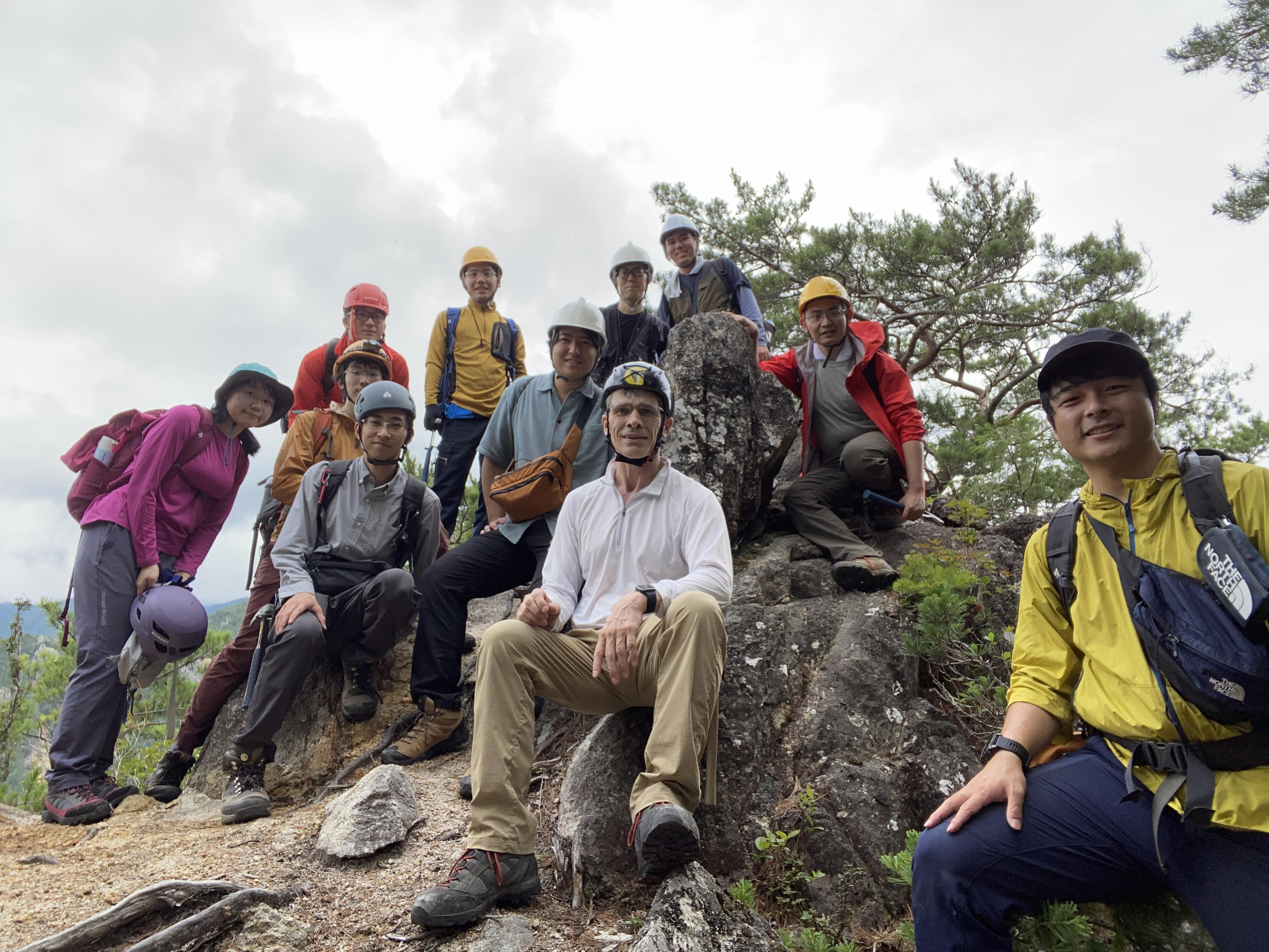
Group photo at the summit of Mt Kinpu (2599 m). It didn't rain too much.
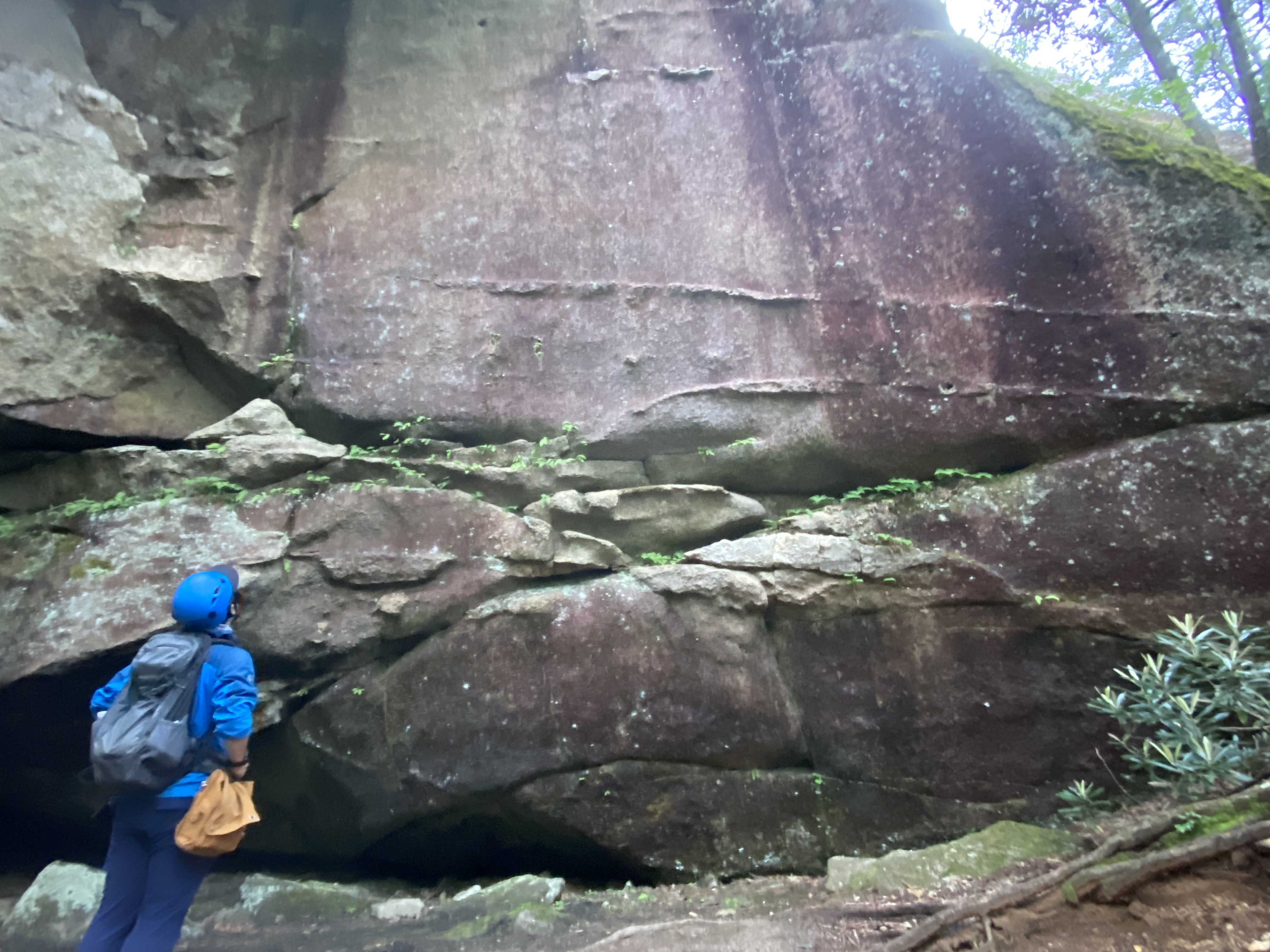
Gently dipping aplite intruded into granite
Miarolitic cavities in the granite. These features commonly show a steep fabric.
4th July 2024
A new paper has been published in the JpGU flagship journal PEPS. It is a report of a very unusual garnet peridotite from an oceanic domain and its implications for convection in the Asthenosphere. Several of the authors are or were members of the Petro-Tectonics seminar: N. Akizawa, K. Ozawa, S. R. Wallis, T. Nagaya, and C. Ohshima
https://progearthplanetsci.springeropen.com/articles/10.1186/s40645-024-00643-w
1st July 2024
A new paper about carbonaceous material Raman thermometry has been published with many of authors members of the Nagoya and Tokyo ganko groups: Simon Wallis, Yui Kouketsu, Mutsuki Aoya and Ken Yamaoka. The paper provides an automated way to process Raman spectra, and we hope it will save a lot of time for people trying to estimate metamorphic temperatures.
https://progearthplanetsci.springeropen.com/articles/10.1186/s40645-024-00637-8
26th June 2024
Professor Simon Wallis was elected to be the new President of the Japan Geoscience Union.
His term will be for two years.
26th June 2024
T. Morohoshi, T. Ito and K. Aida all gave great presentations at the JpGU 2024.
26th June 2024
Dr Soejima and Prof Wallis joined a JpGU field trip to the south of the Boso peninsula to see structures of the young accretionary complex It is highly unusual to be able to see such a young accretionary complex formed at only a few kilometers at the Earth's surface.
Click here for details
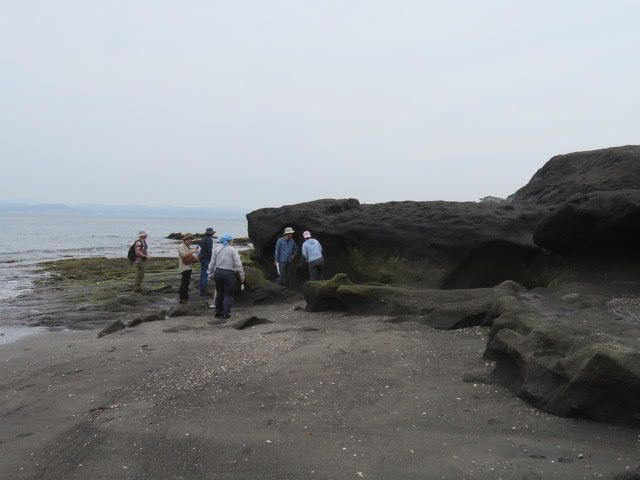
Flat-lying raised beach at a height of ~2m formed after the Great Kanto Earthquake in 1923
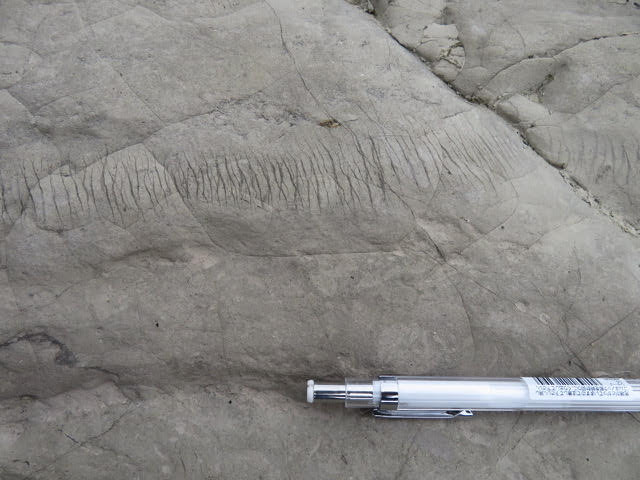
Vein structures seen in the accretionary prism—evidence of past earthquakes.
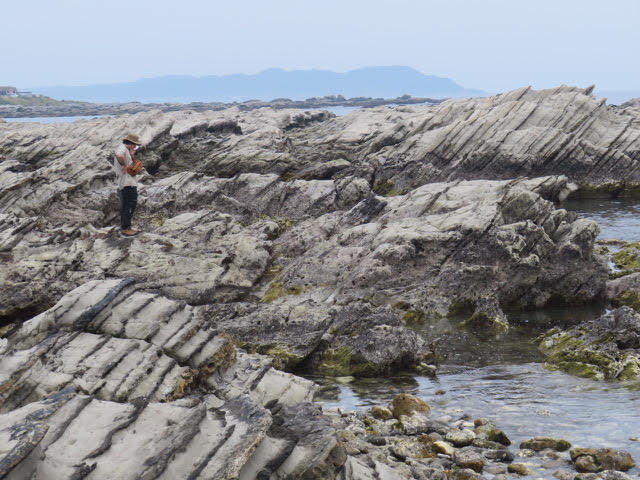
The Miocene accretionary prism.
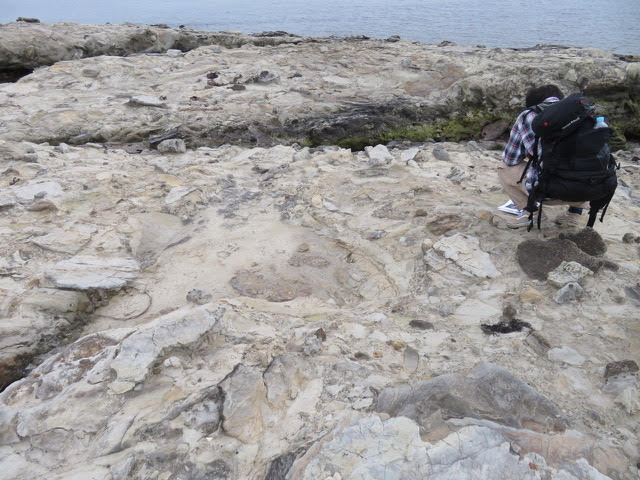
Disrupted beds related to an ancient methane cold seep.
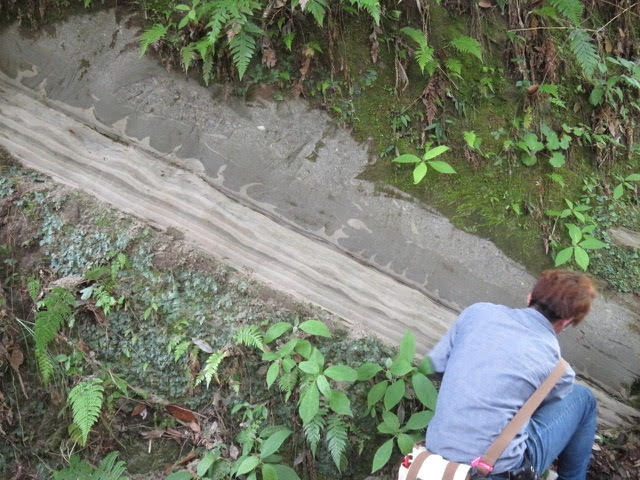
Beautiful flame structures.
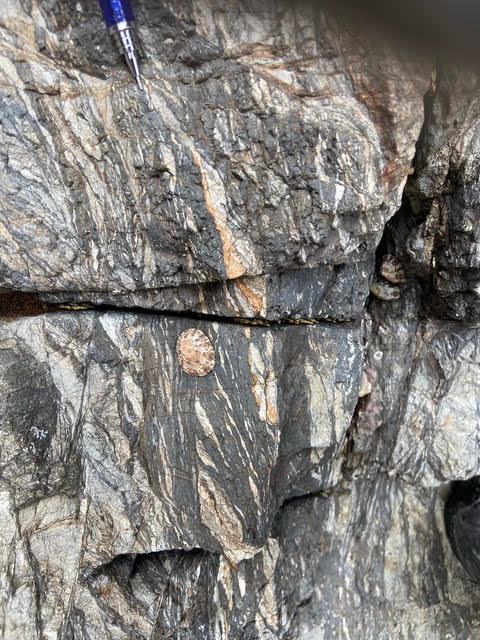
Shear structures seen in a . Possible ancient plate boundary.
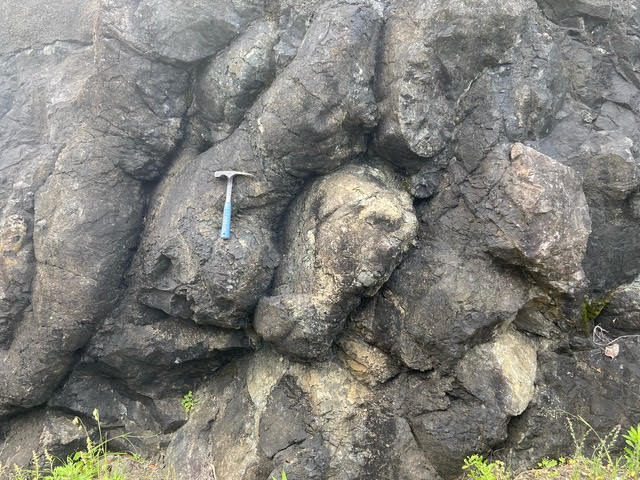
Pillow lava of the Mineoka Ophiolite
15th April 2024
The April issue of the popular Elements magazine focuses on paired metamorphism in Japan and was published with Simon Wallis and the lead editor. Simon Wallis and Takayoshi Nagaya (OB) co-authored several of the papers. If you're interested, please have a look.
27th March 2024
Congratulations to Thomas on obtaining his doctorate. He will continue as a postdoctoral researcher in Japan.
Click here to see the photo
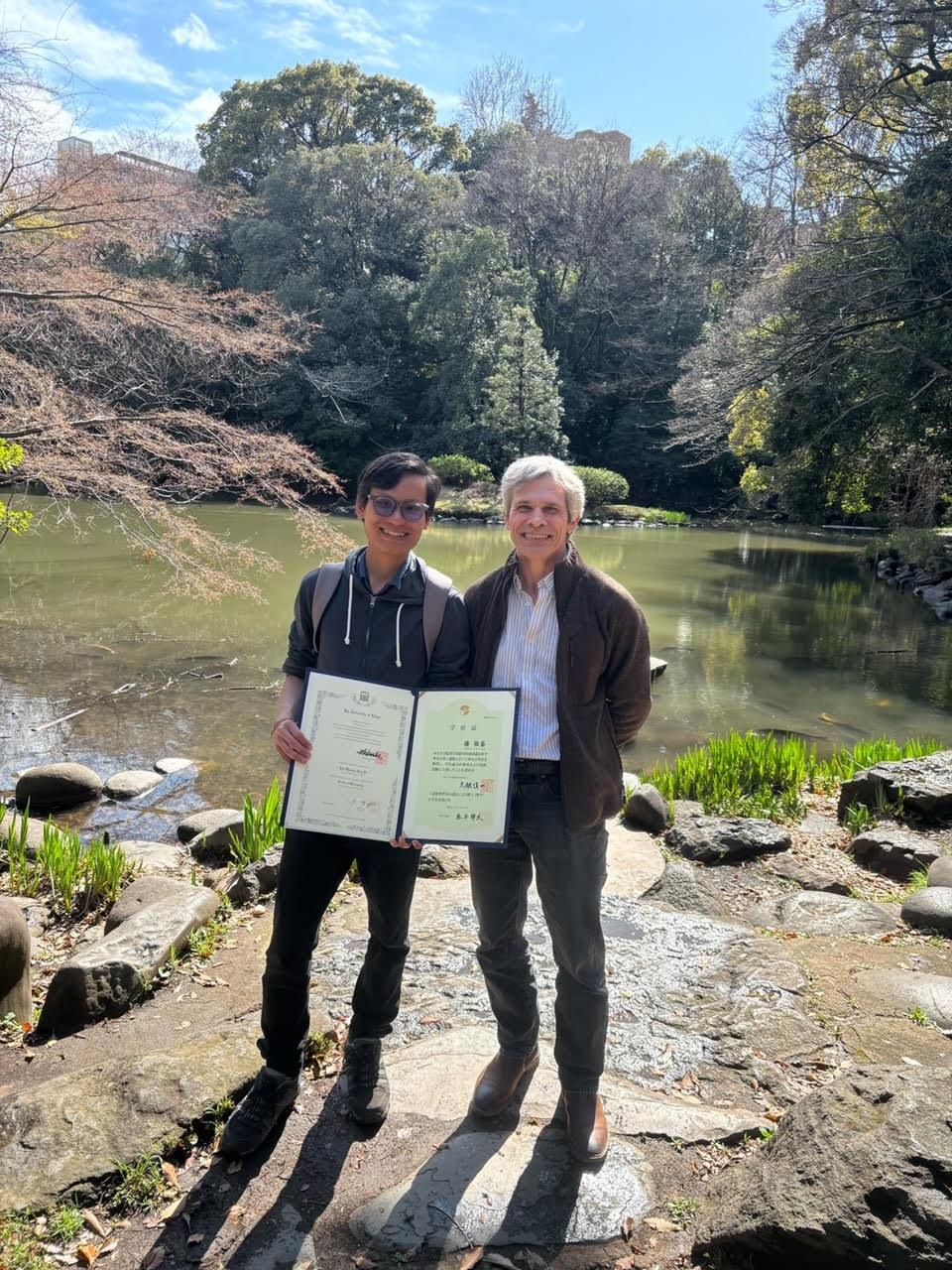
27th March 2024
Congratulations to Shogo Soejima (PhD) and Seiya Maehara (MSc) on their graduation. We wish them the best for the next stages in their careers.
Click here to see the photo
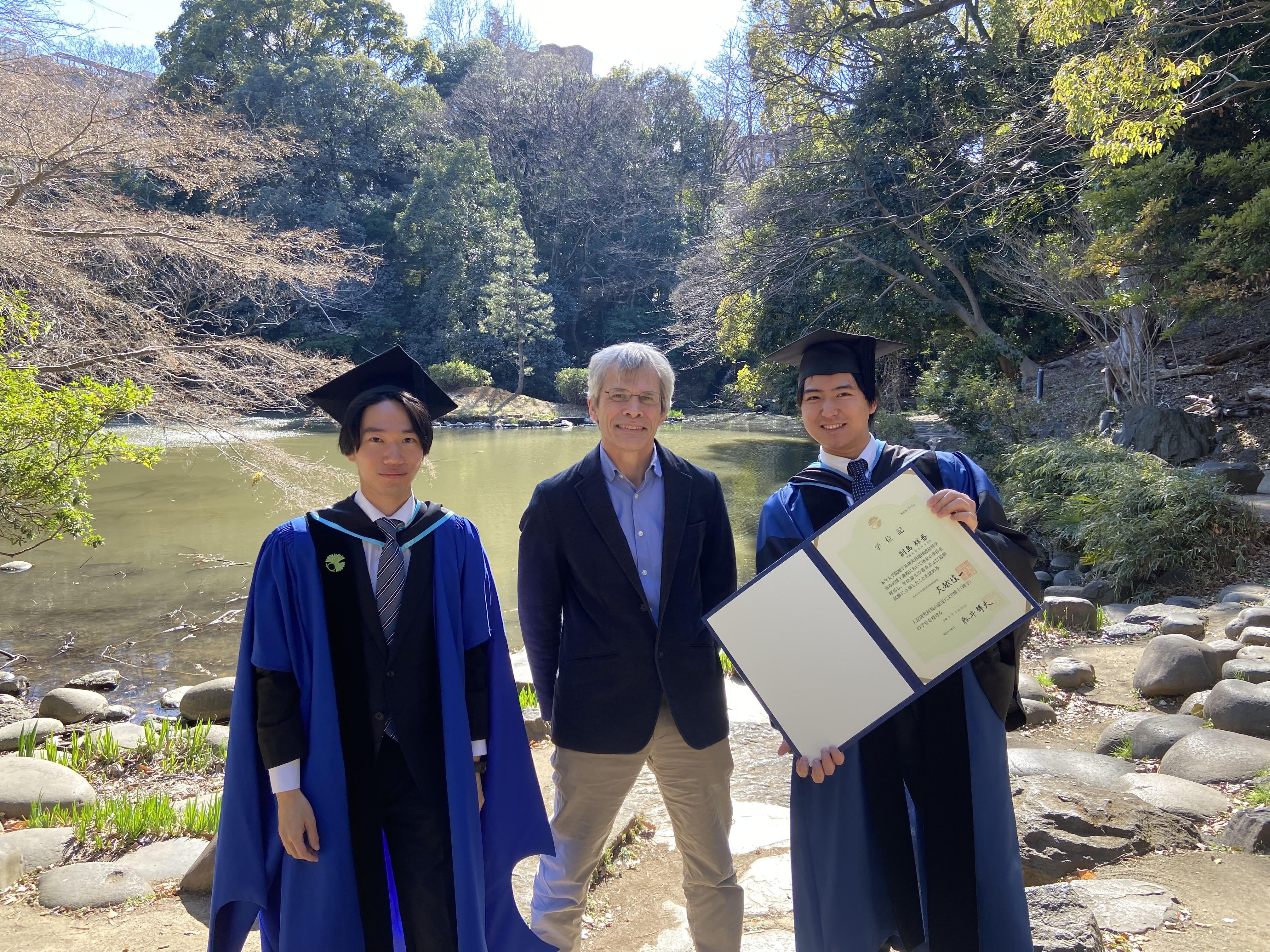
27th March 2024
Congratulations to Koki Aida on graduating and receiving the School of Science Undergraduate Award. Mr Aida will now join the graduate program.
Click here to see the photo
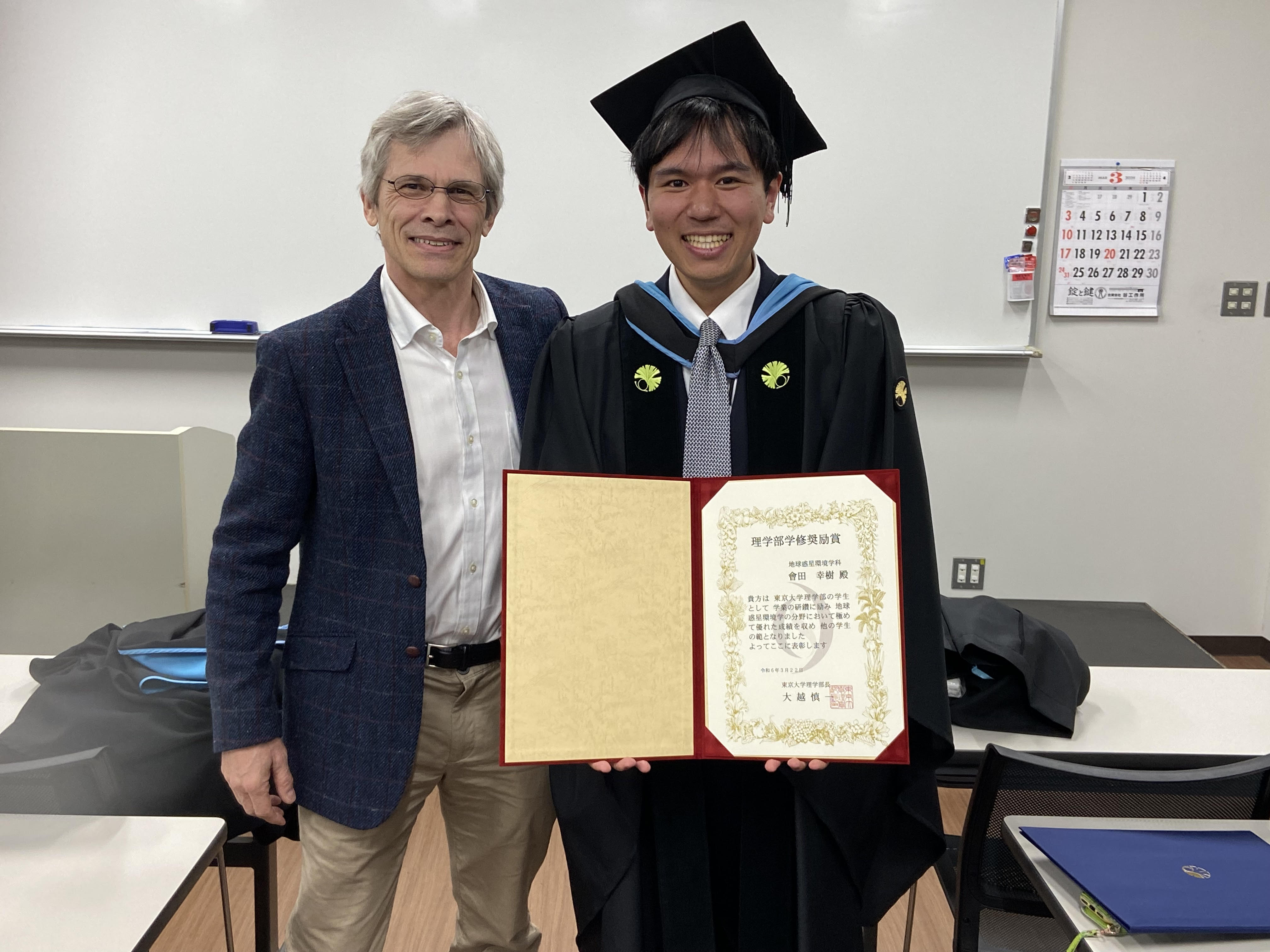
27th March 2024
Rock deformation structures seen in southern UK
Click here for details
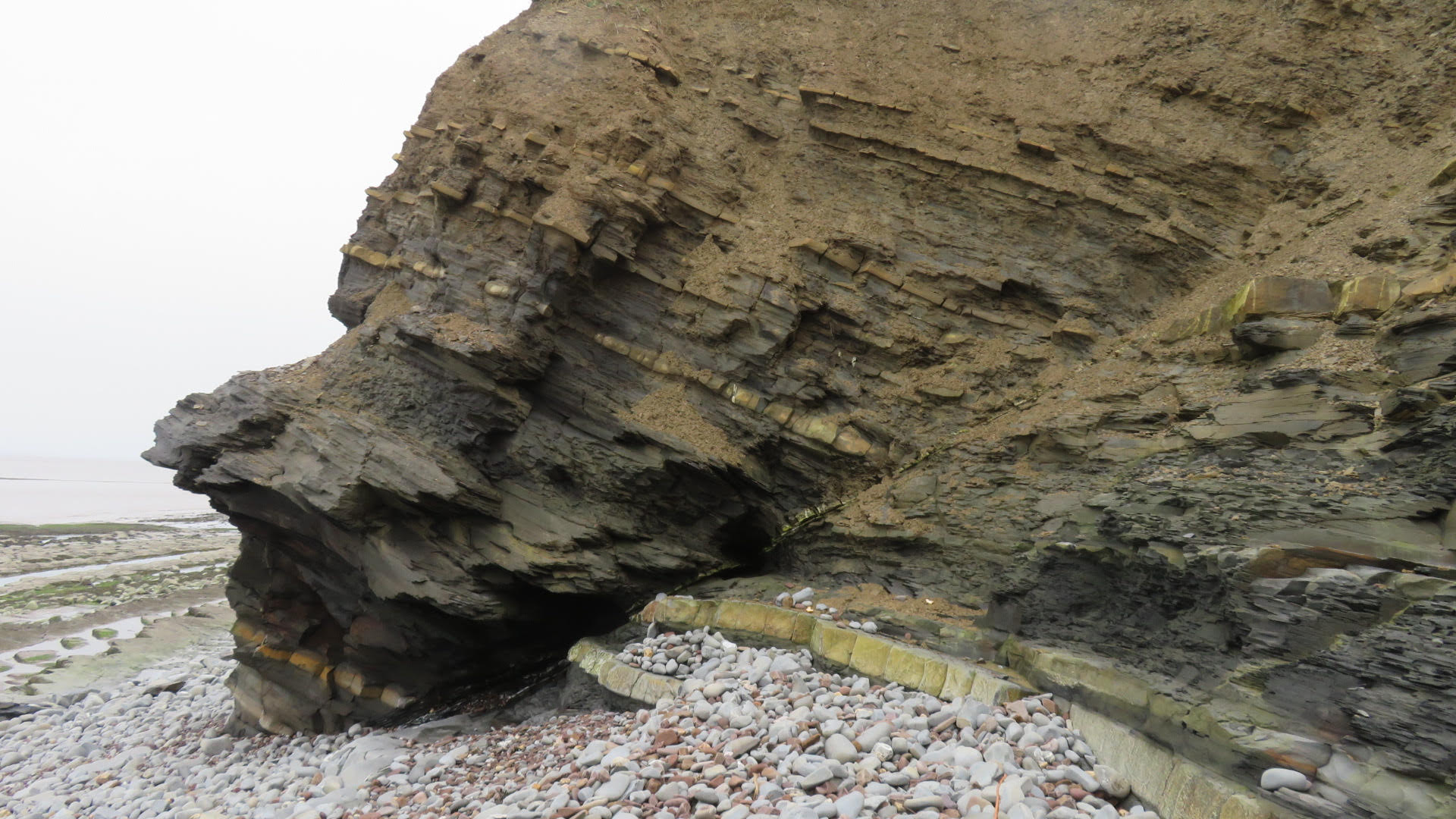
(2) Calcite veining and brecciation of limestone layer associated with normal faulting
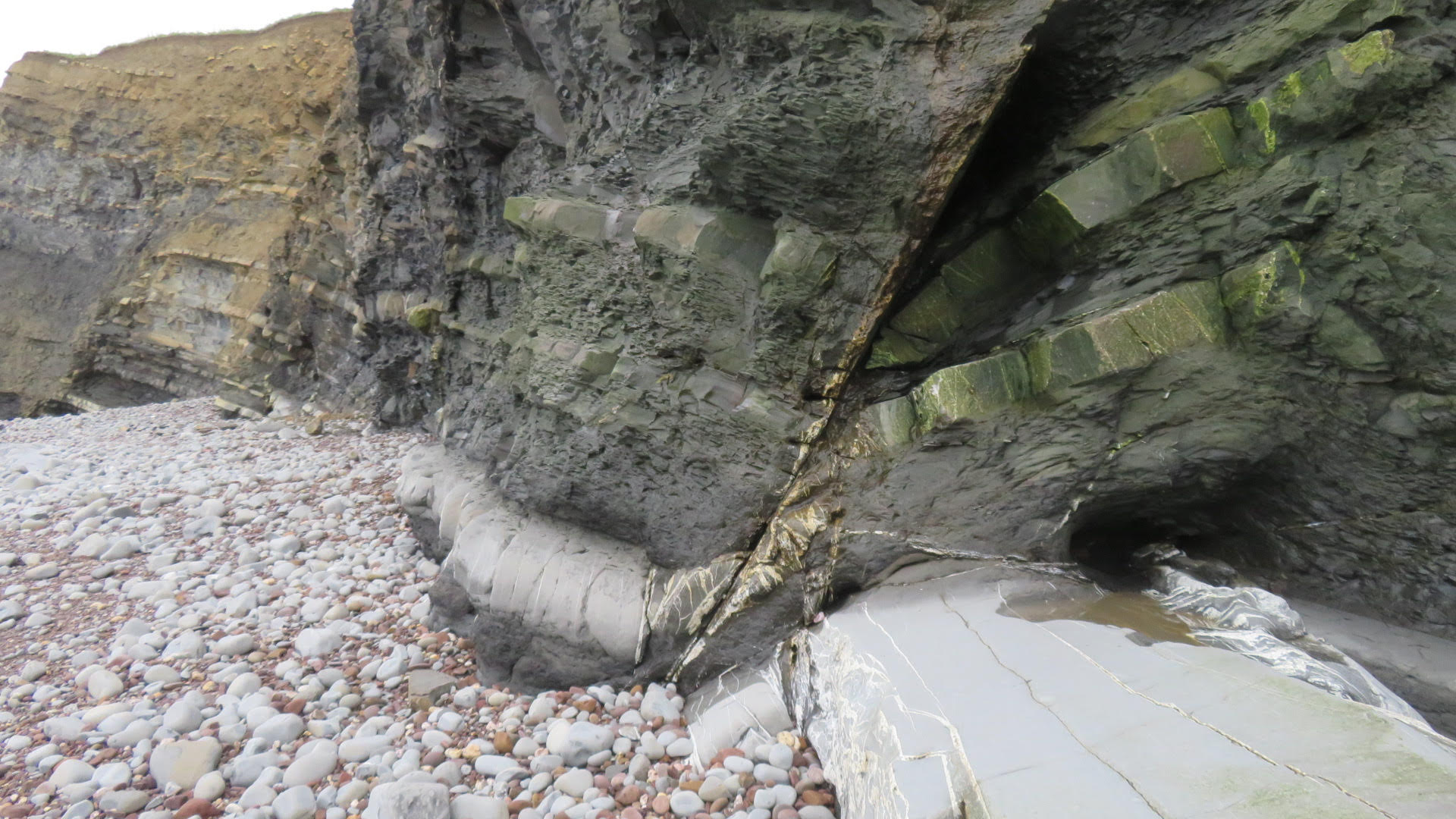
(3) Fault showing slip of ~50 cm with well-developed calcite mineral fibers
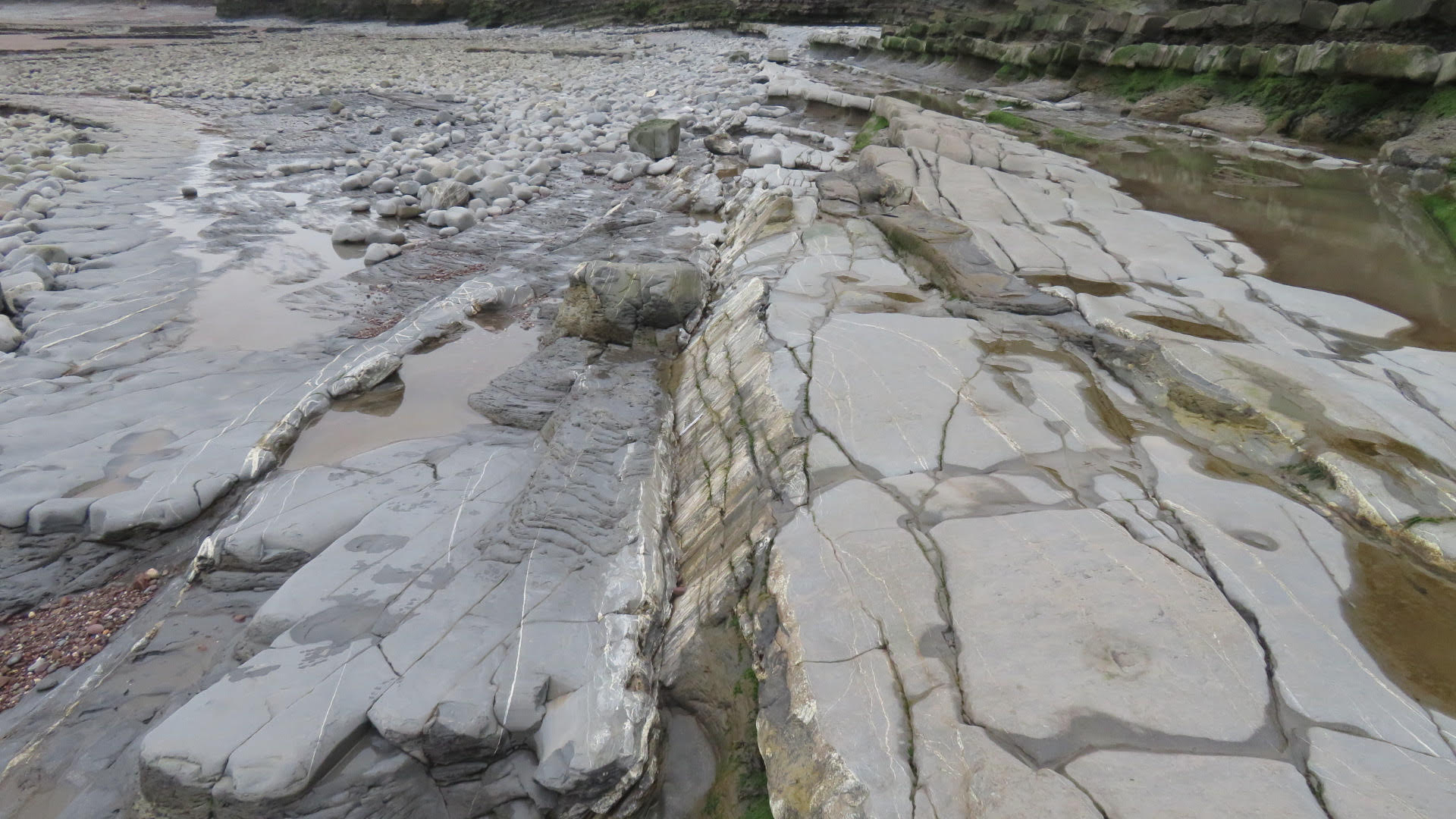
(4) Close up of mineral fibers on fault plane
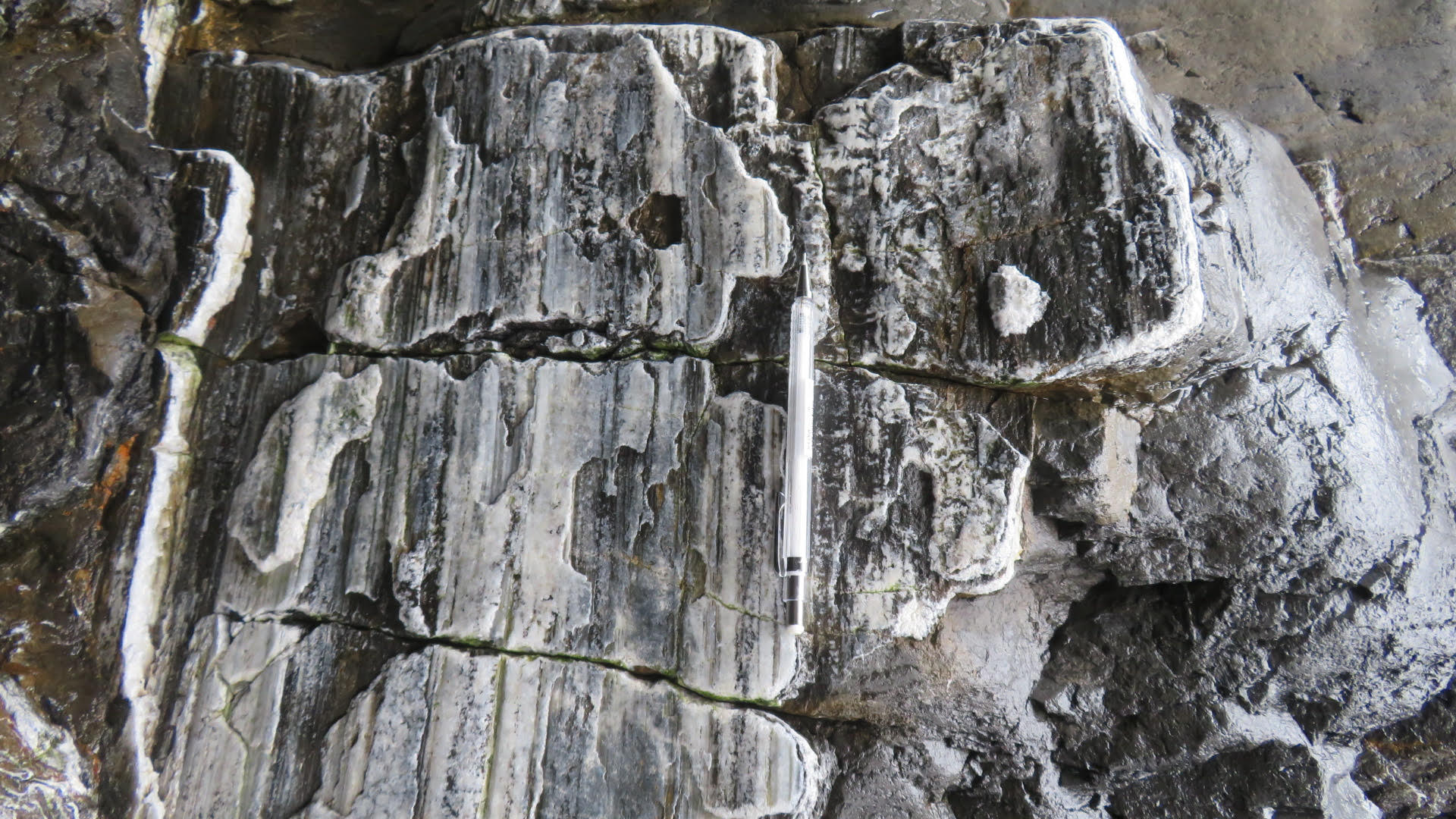
14th February 2024
Simon Wallis published an article in Trends in Sciences published in cooperation with the Science Council of Japan about his activities outside of research.
Click here for details (PDF)
7th January 2024
A paper with Yukinojo Koyama (D1) as the top author was recently accepted for publication in the journal Solid Earth. Congratulations to Koyama-san!
https://egusphere.copernicus.org/preprints/2023/egusphere-2023-1442/
7th January 2024
Research in our laboratory was showcased in the Faculty of Science newsletter.
https://www.eps.s.u-tokyo.ac.jp/focus20231121/
7th January 2024
Tokiyuki Morohoshi received an outstanding student presentation at the Geological Society of Japan annual meeting in Kyoto. Congratulations to Morohoshi-san!
https://confit.atlas.jp/guide/event/geosocjp130/static/etc#sho_kekka
7th January 2024
One of our recent graduates, Dr. Ken Yamaoka, was awarded the Young Researchers Prize of the Geological Society of Japan. Congratulations to Yamaoka-san!
http://geosociety.jp/outline/content0243.html
1st December 2023
Simon Wallis has been elected as a Corresponding Member of the Accademia delle Scienze di Torino. Congratulations!
https://www.eps.s.u-tokyo.ac.jp/award20231130/
Click here to see photos
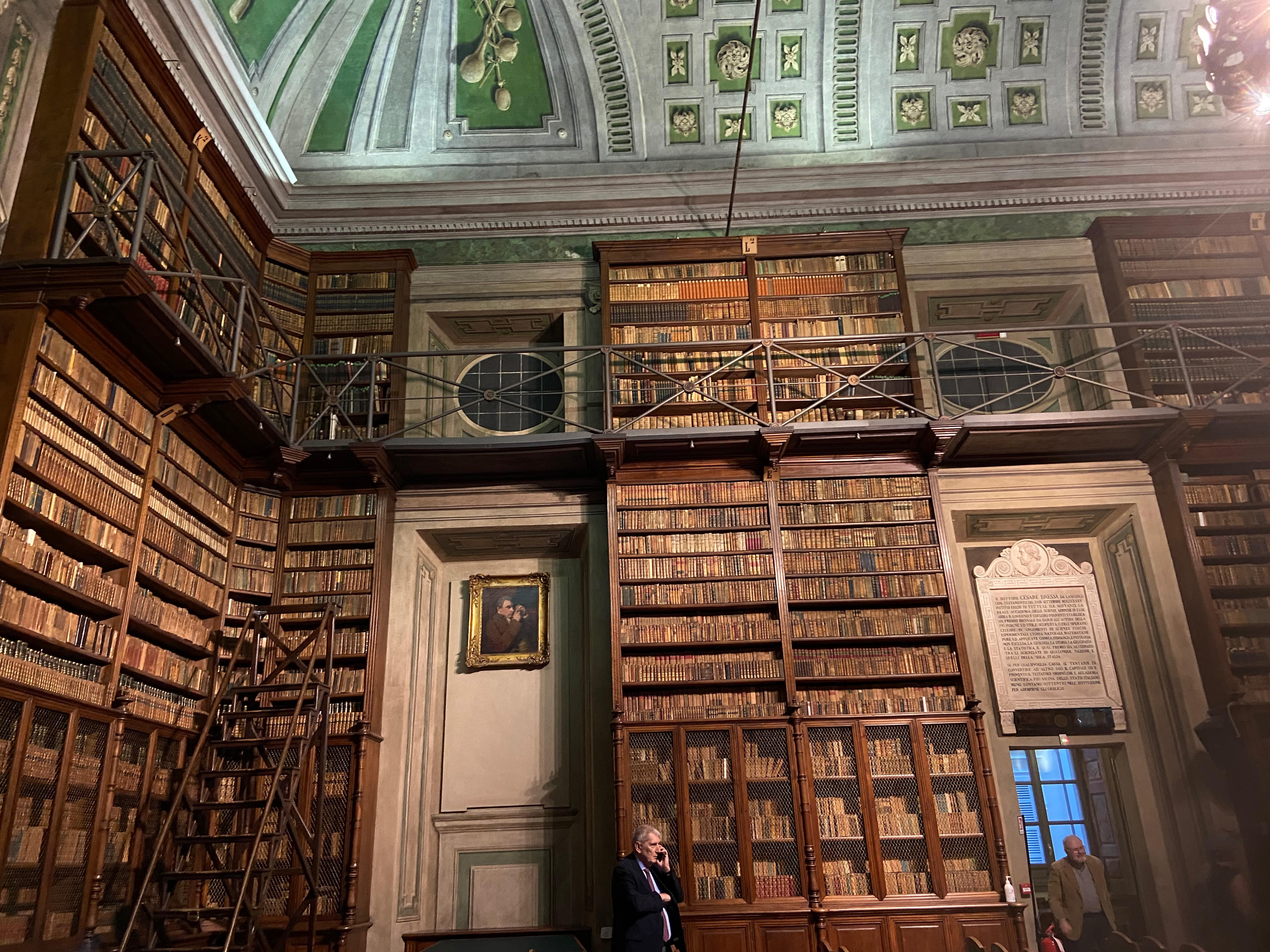
After the award ceremony.
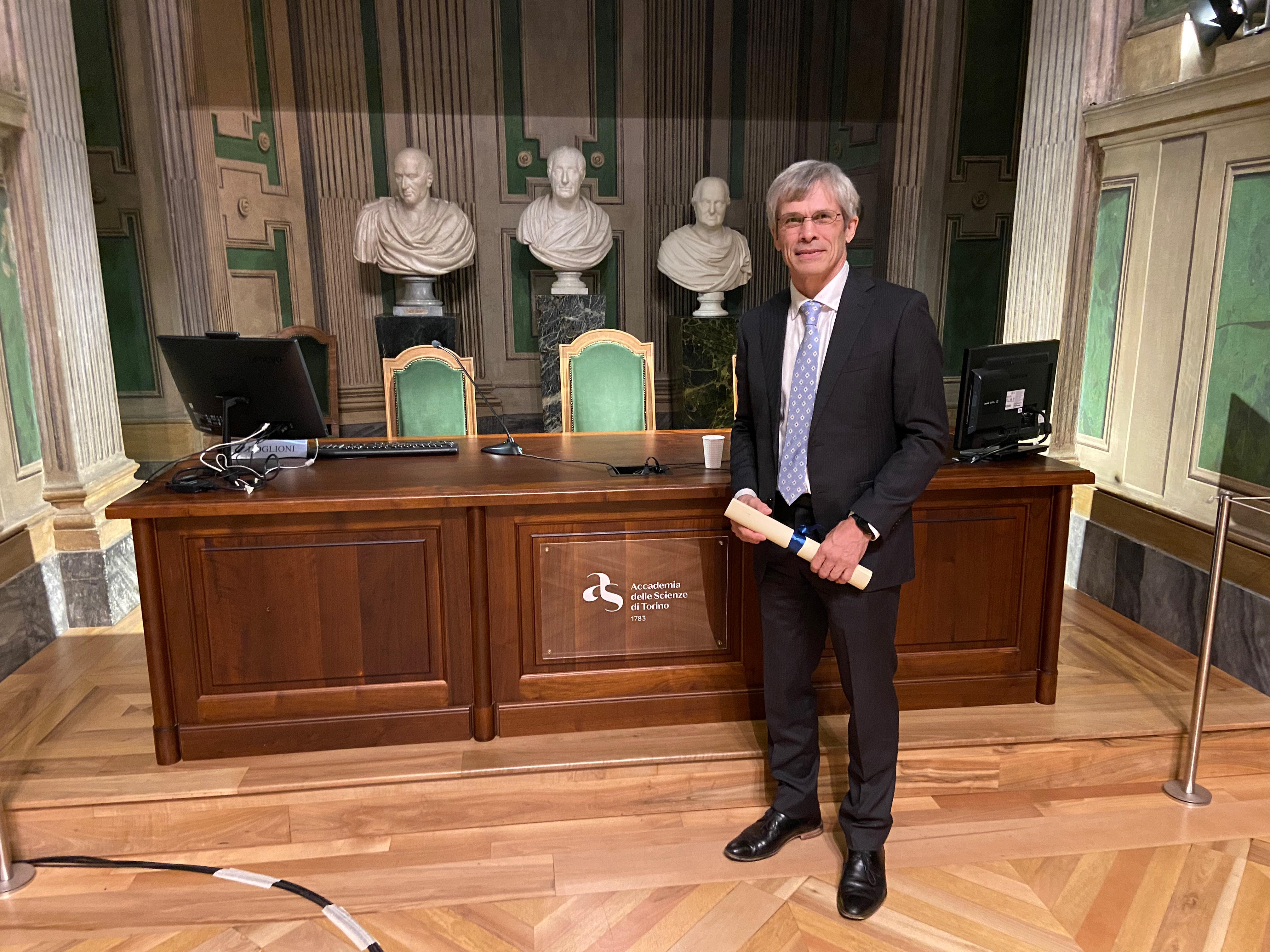
The certificate all in Latin
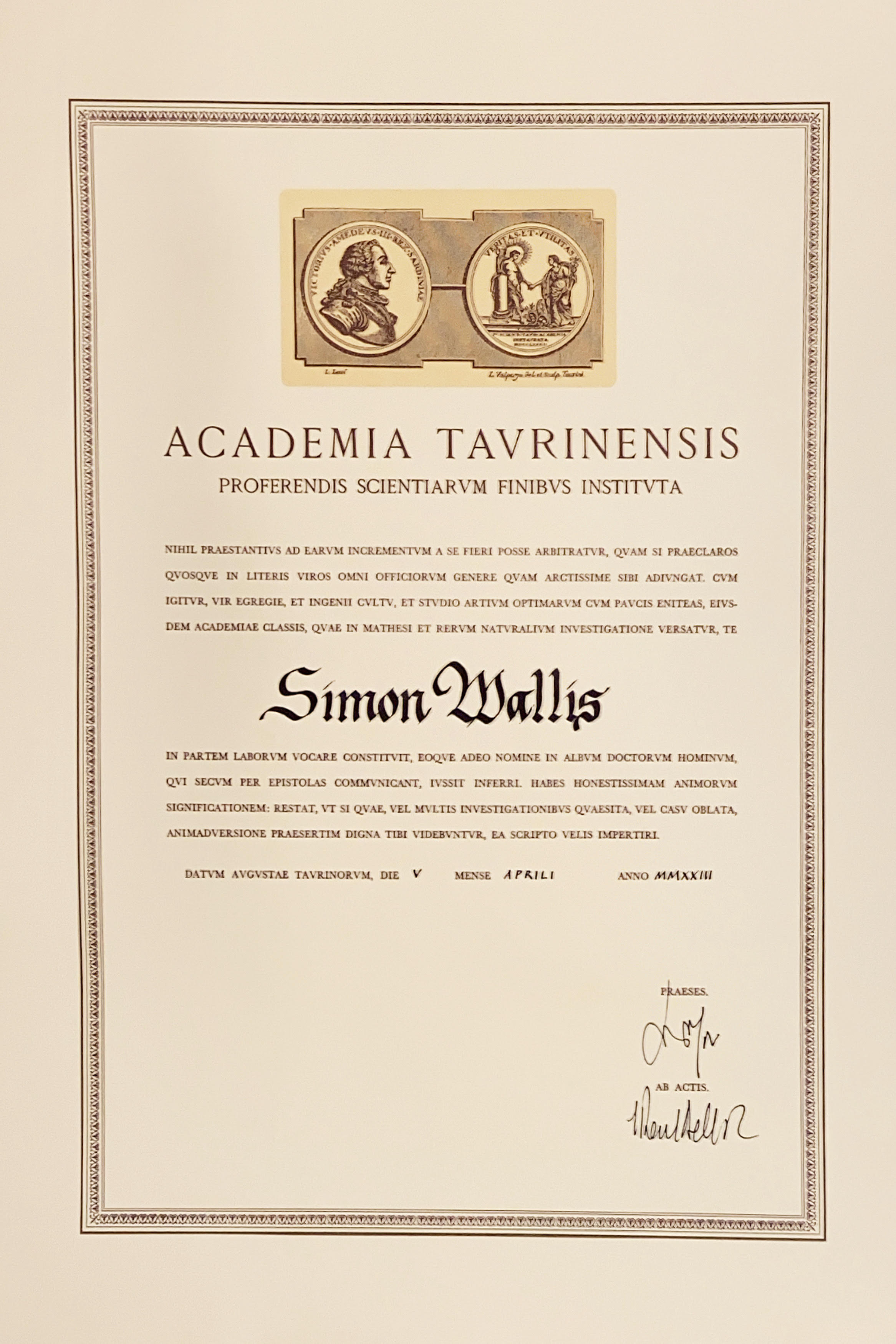
Some geology! Felsic gneiss containing 10 cm sized pyrope-rich garnet crystals from the Dora Maira region close to Turin.
These rocks contain coesite, the high P polymorph of quartz.
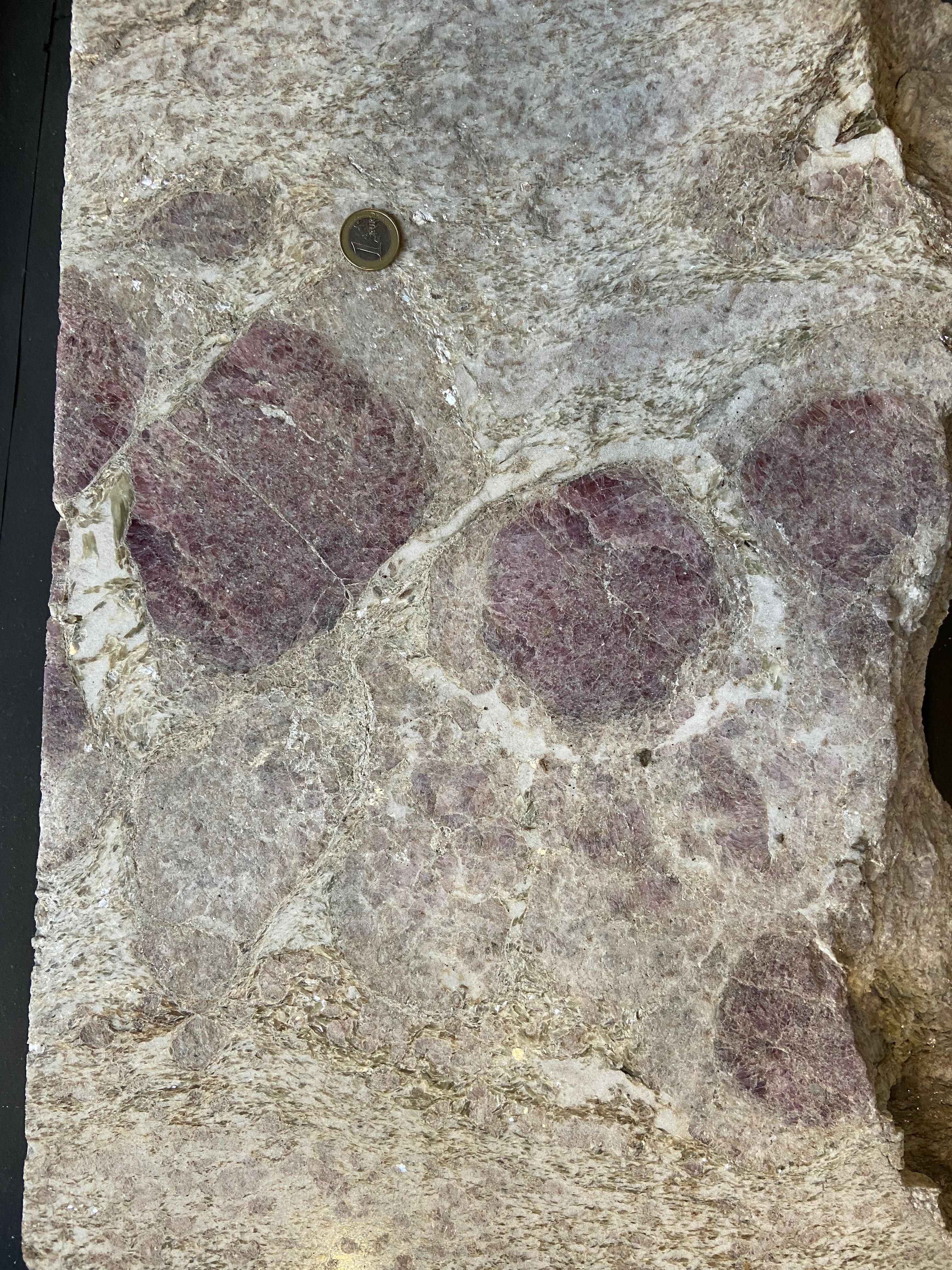
20th November 2023
Click here
to read about Olivia Hogg's report in Japan, where she stayed until September.
Why I applied for a JSPS Fellowship
My PhD focuses on modelling the composition of magmatic hydrothermal fluids that are responsible for ore-formation. The challenge for conventional mining practices is that this process of ore formation takes tens of thousands of years. Supercritical geothermal power plants are unique locations where super-heated magmatically-derived fluids are extracted for the purpose of providing a more efficient renewable energy source. What if we could harness an array of economically important metals like Cu from these fluids and co-produce geothermal energy? The utility of these fluids as multipurpose resources is actively being explored for extraction of metals like silica and lithium.
Geothermal energy is a promising renewable energy source in Japan and an ideal location to investigate this research, therefore I applied to a JSPS fellowship. There are a few fellowship to choose from that vary in length and fellow-type. I was awarded a predoctoral short-term fellowship which funded my research for 6 months in Japan. This research focused specifically on understanding the origins of metal enrichment in high temperature fluids from a supercritical geothermal power plant in Japan (Kakkonda) and how they compare to fluids exsolving from local magmatic systems (Iwate). As such we devised a detailed geochemical study that focused on analysis of whole rock and olivine hosted melt inclusions.
JSPS research and funded opportunities:
The JSPS funding enabled me to plan a field study to Mount Iwate with myself and members of my host research group (Figure 1). Samples from the most recent eruptions at Mount Iwate have not yet been analysed geochemically, hence our research will provide novel data for this eruption. After fieldwork was complete, samples were prepared for a melt inclusion study. This required whole rocks to be crushed and sieved into different size fractions. Olivine phenocrysts were individually picked, mounted, and polished before being set in epoxy discs and finely polished, ready for SEM imaging and EPMA analysis.
Outside of research I had to the opportunity to attend the Water-Rock Interaction Conference in Sendai where I chaired my first conference and presented some new research that I had been developing during my time in Japan (Figure 2). I was also able to meet people that are involved in the geothermal industry here in Japan and as a result myself and host supervisor were able to organise a tour around the Kakkonda Geothermal Power Plant. This was a real highlight of my time in Japan as I was given the unique opportunity to witness the real life application of my research.
Figure 1: Iwate fieldtrip
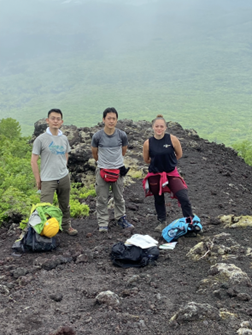
Figure 2: Conference with Research Group
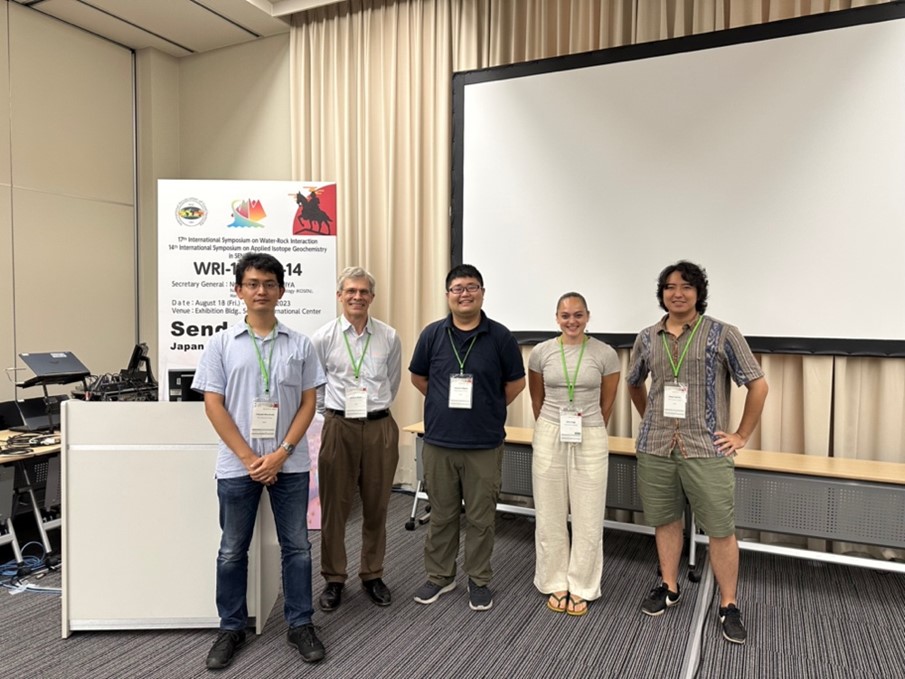
Life in Japan:
Having never travelled to Japan before, I arrived during the infamous Sakura season where streets and parks are filled with cherry blossom trees and shops are bursting with Sakura themed food, drinks and omiyage (Figure 3). One of the most invaluable opportunities provided by the University of Tokyo was the free Japanese language courses which really helped me navigate daily life a little easier! Tokyo is not short of local festivals and historic temples and shrines which were a great way to experience the rich traditions of Japanese culture. I had heard about how the city transforms from day to night but seeing the vast array of neon lights in all the bustling pockets of Tokyo was an experience like no other (Figure 4). But if you feel you need to escape the hustle of busy Tokyo life, you are just a short train or flight away from the mountains and volcanoes (Figure 5). I truly enjoyed my time here at Todai and in Tokyo and cannot wait to return.
Figure 3: Mount Fuji during sakura season
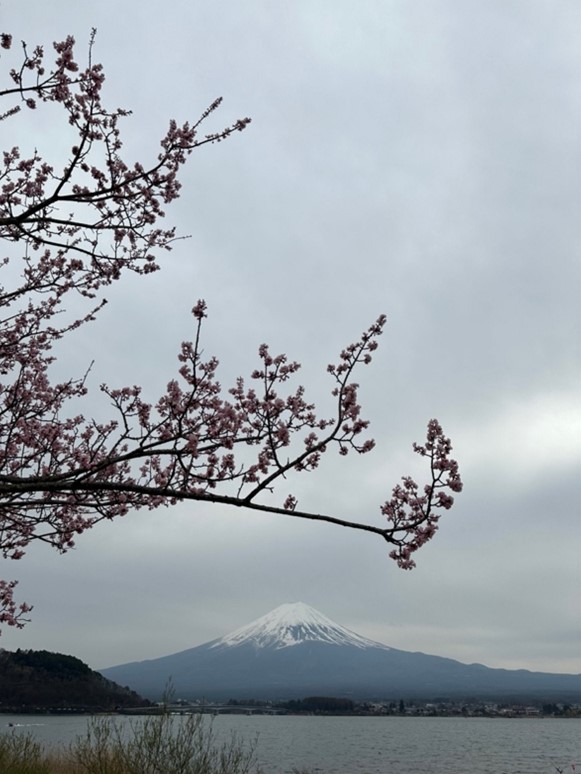
Figure 4: Shibuya from above
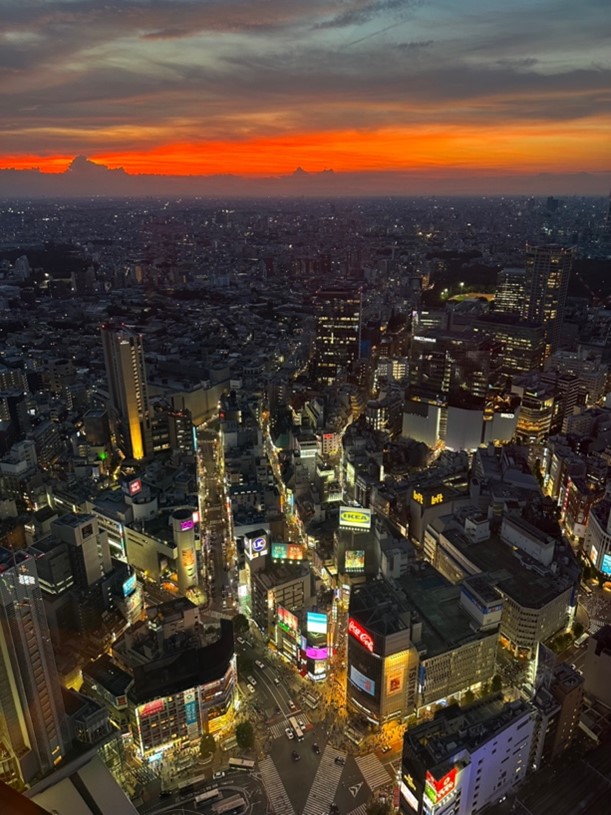
Figure 5: Mount Aso, Kyushu
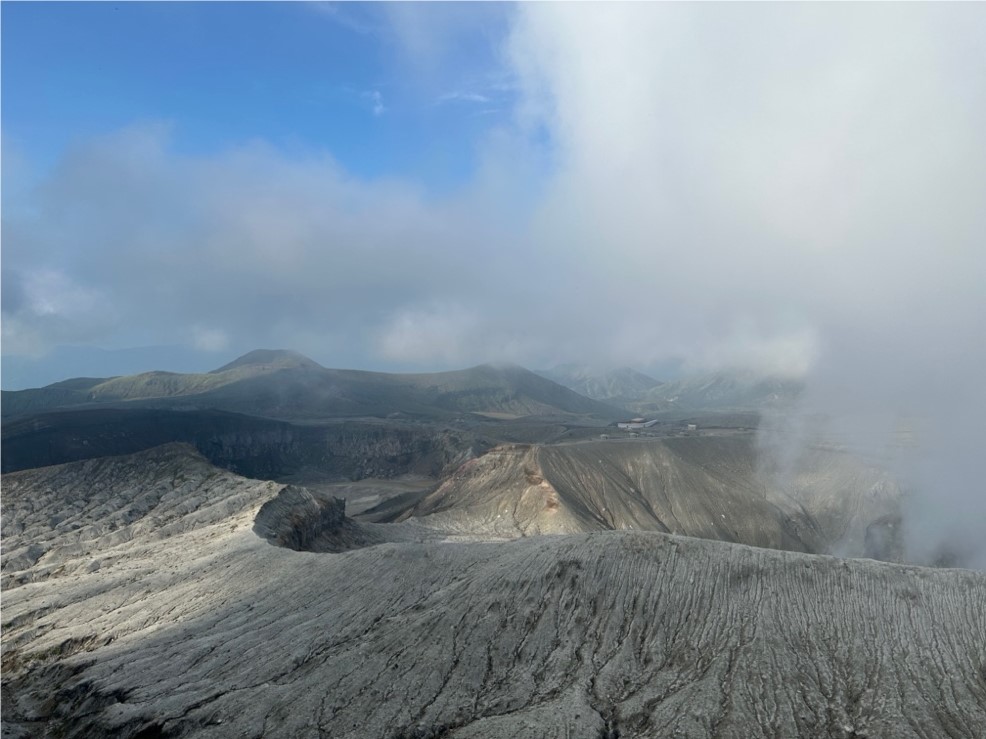
7th September 2023
Several of us attended the recent Water Rock Interaction meeting held at Sendai. There were also field trips, one to the volcano Mt Zao.
Click here for details
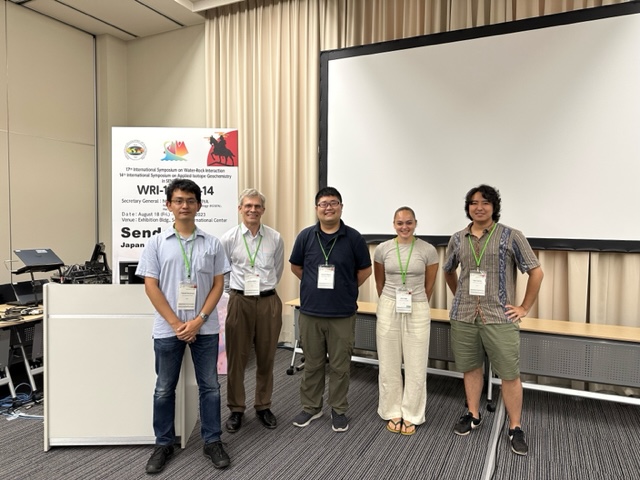
1) SW, Takayoshi Nagaya and Olivia Hogg chaired a session. The meeting was also attended by Shogo Soejima and Takayuki Morohoshi.
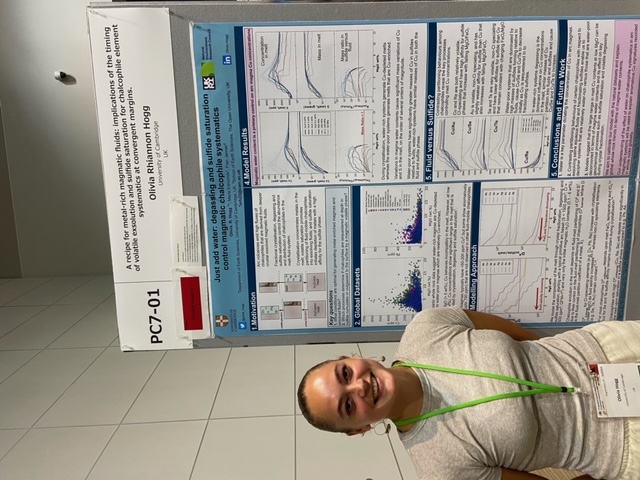
2) Olivia won a prize for her presentation
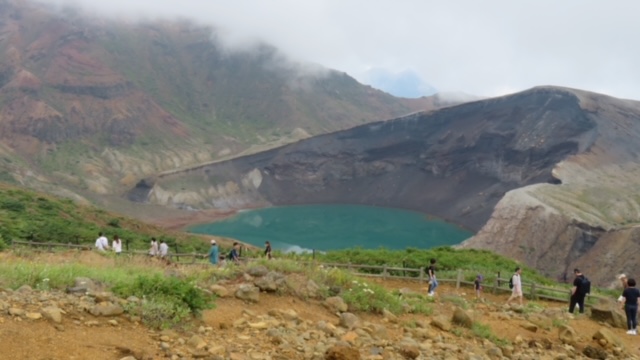
3) Crater lake seen from the top of Mt Zao.
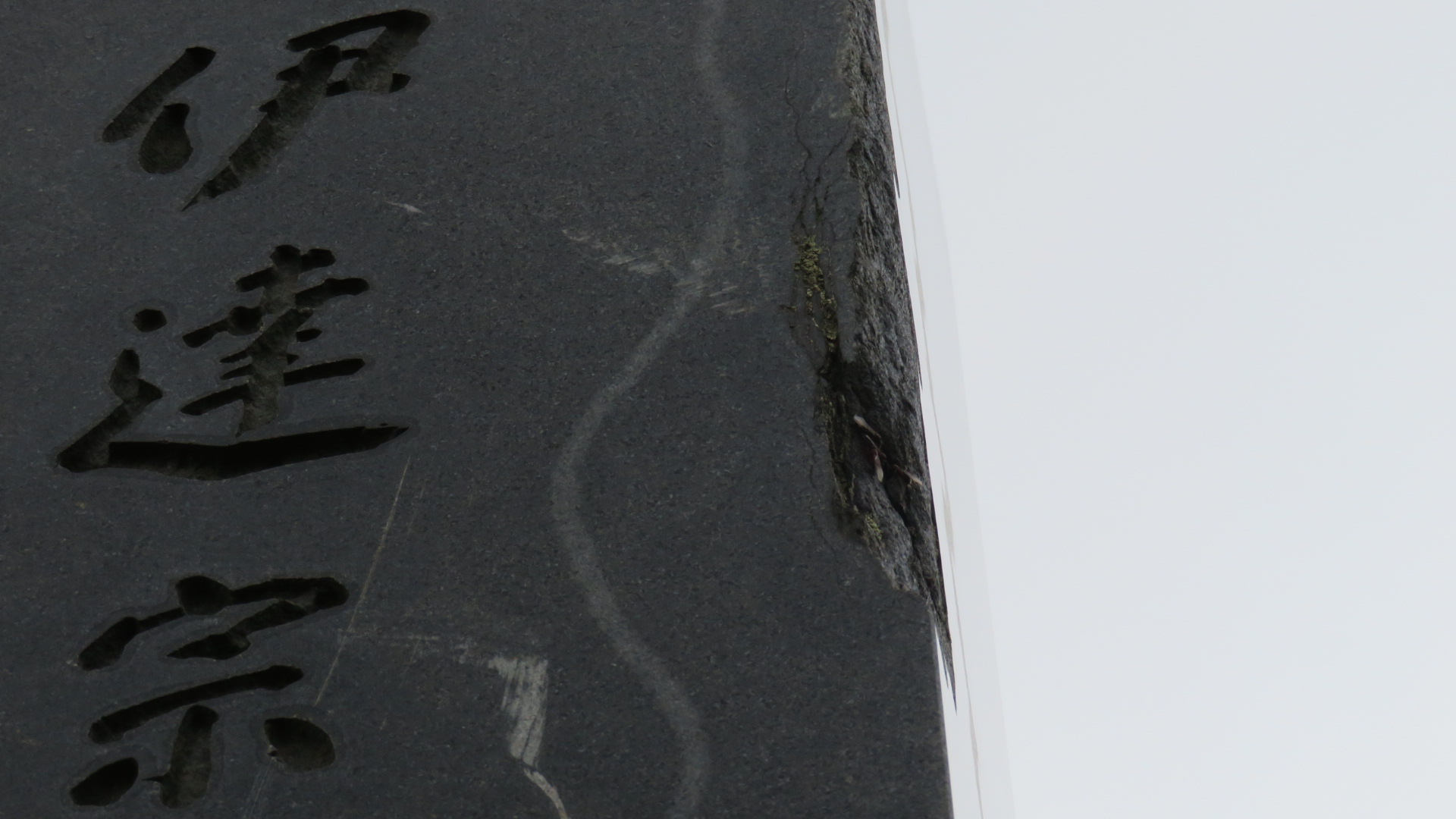
4) A stone monument near the summit commemorating the way in which Date Munetaka appeased the volcano gods, which has now damaged by lightening
5th September 2023
At WRI-17/AIG14, Olivia Hogg san received the Best Student Poster Award. Congratulations to Olivia-san!
Click here for details
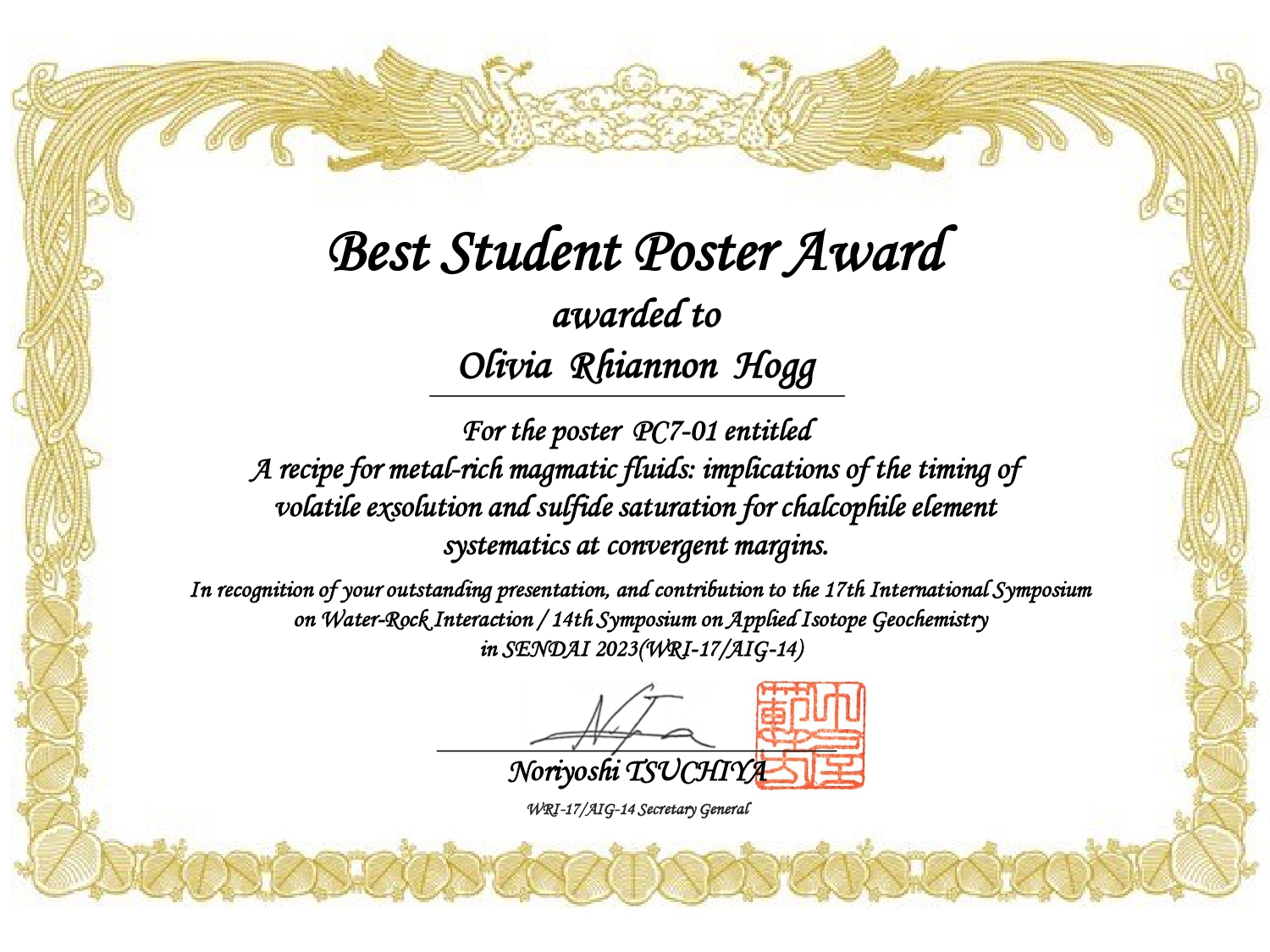
4th September 2023
Simon Wallis went with Aya Takahata in July to the Austrian Alps to study deformed carbonate rocks.
Click here for details
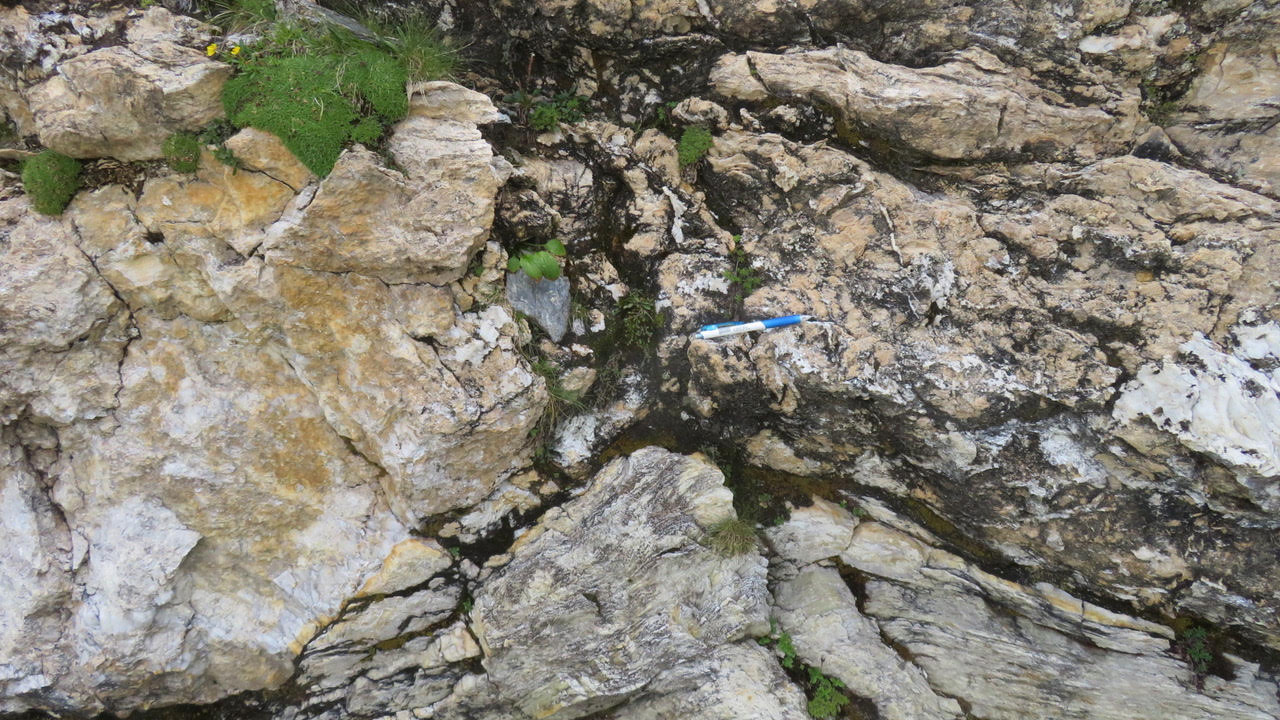
Photo 1: Necking of a dolomite layer surrounded by quartzite, Makerni Spitze.
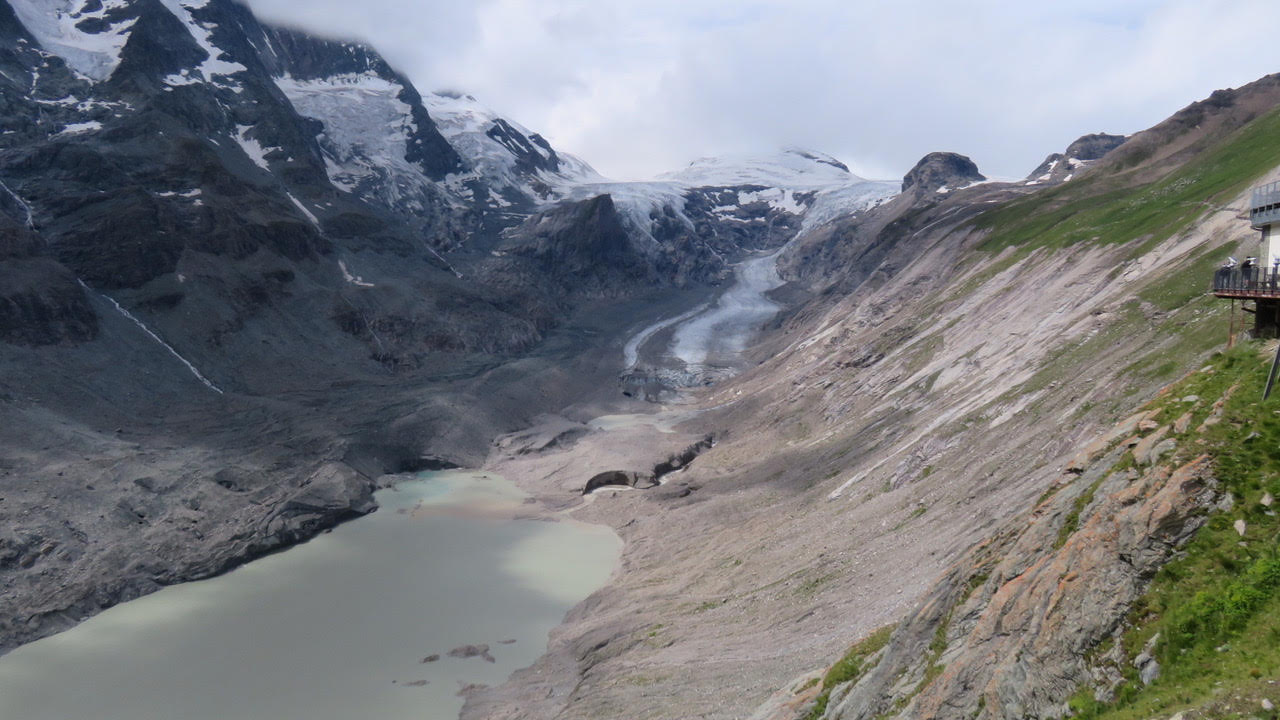
Photo 2: Kaiser Franz Josefs glacier or ‘Pasterze’ with a U-shaped valley, lateral and frontal moraine deposits visible.
The glacier has retreated 2.5 km over the last 150 years.
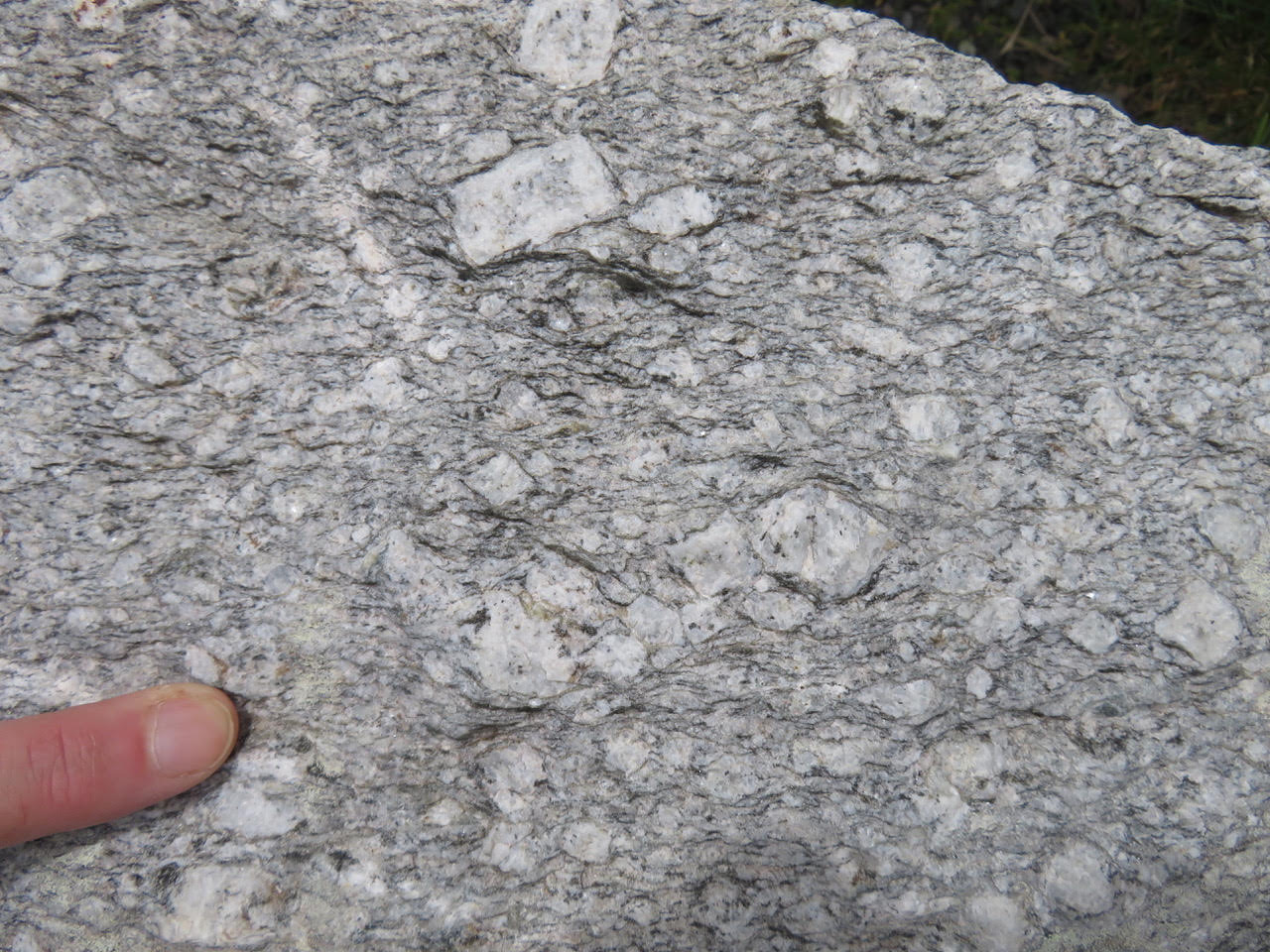
Photo 3: Augengneiss typical of the basement units of the Pennine domain.
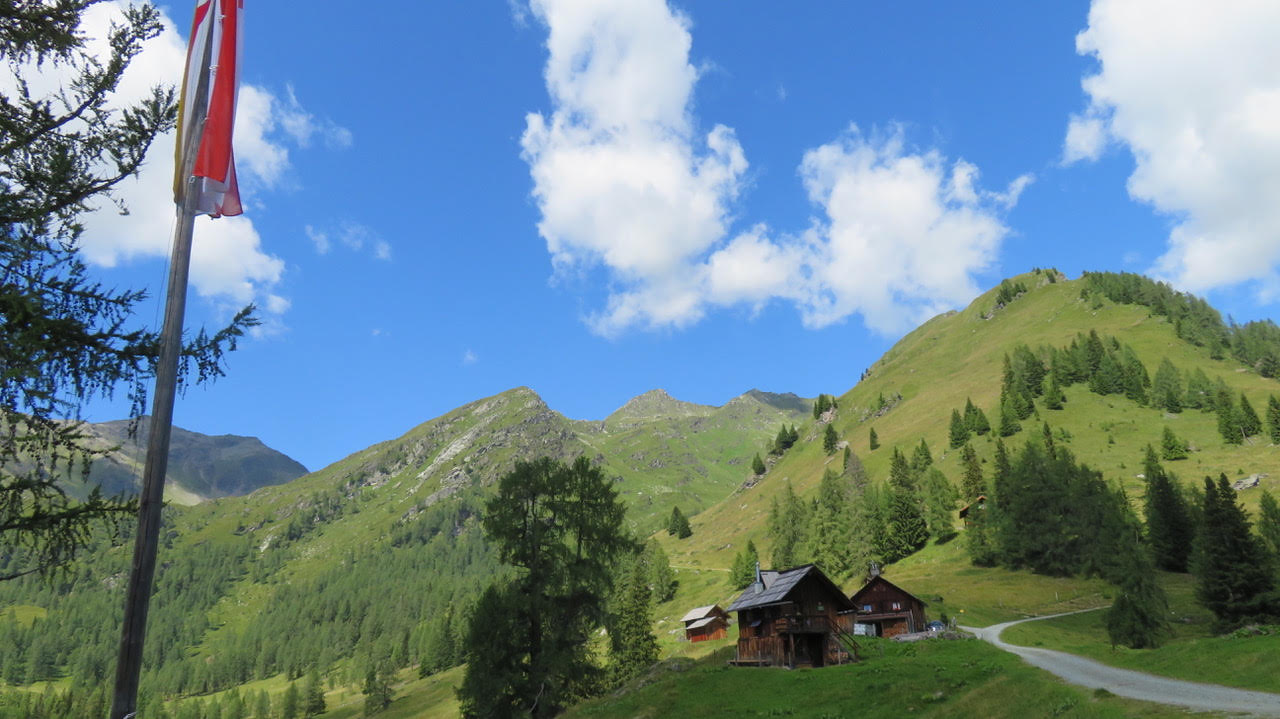
Photo 4: View of the main field area looking west.
6th June 2023
Simon Wallis has been elected as a Corresponding Member of the Accademia delle Scienze di Torino. The award ceremony will be held in November.
6th June 2023
We participated JpGU Field trip to see submarine mass transport deposits, Boso Peninsula Led by Y. Yamamoto, Kobe University
Click here for details
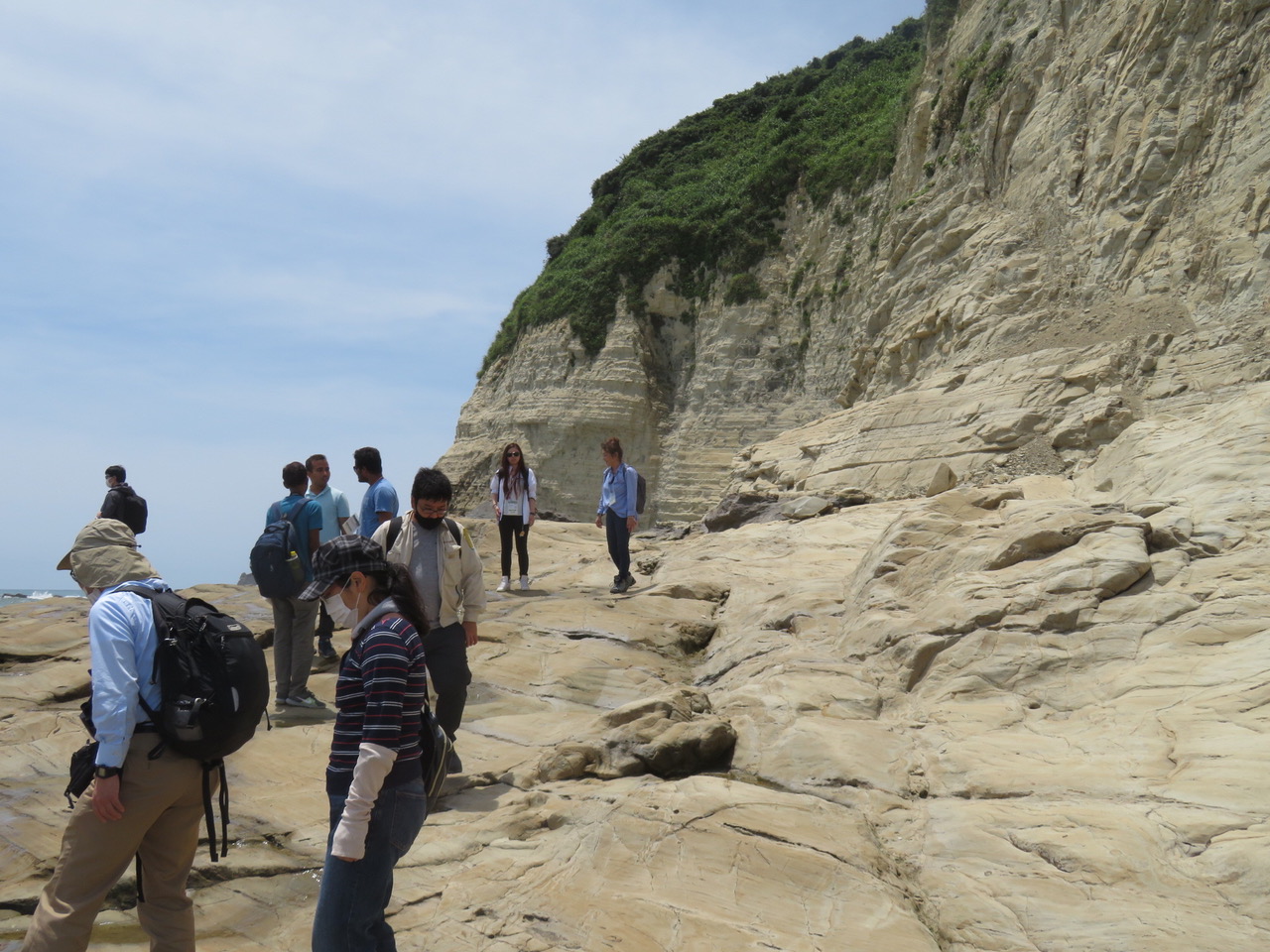
1) Trench slope deposits formed at very shallow levels
Even siltstone has a porosity up to 50%!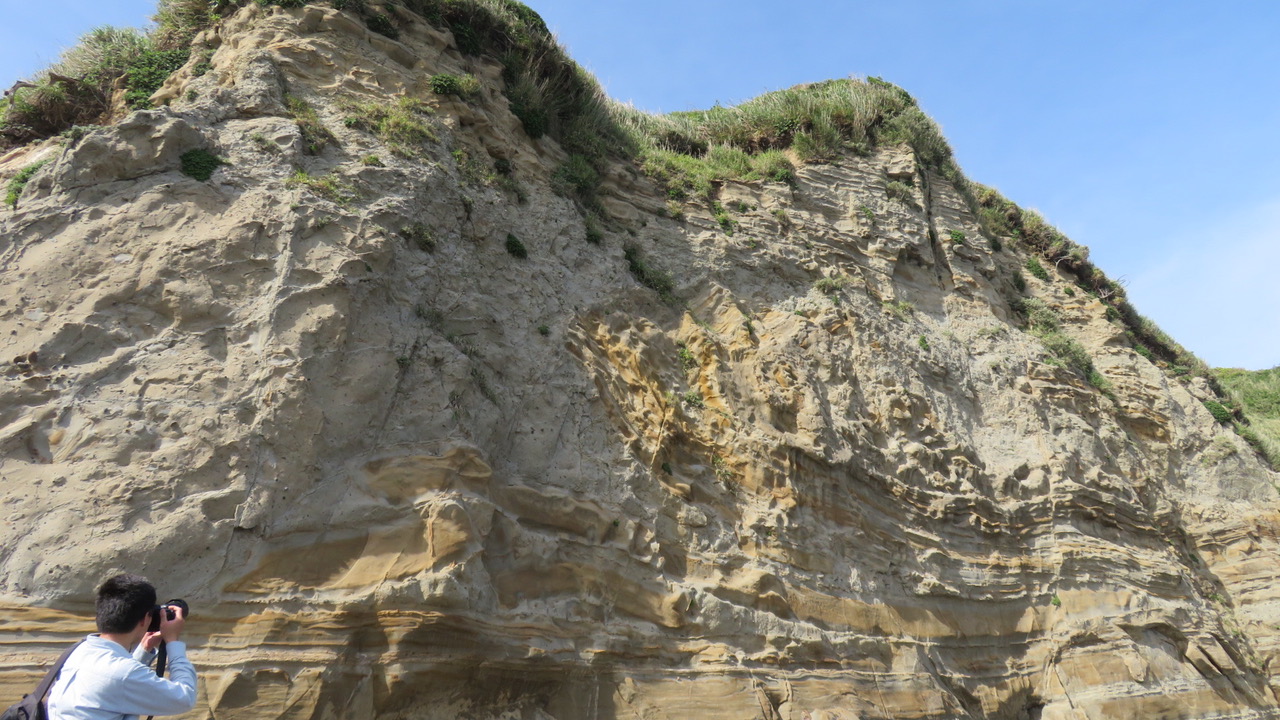
2) Large-scale fold developed as a result of a mass transport event on
the sea floor.
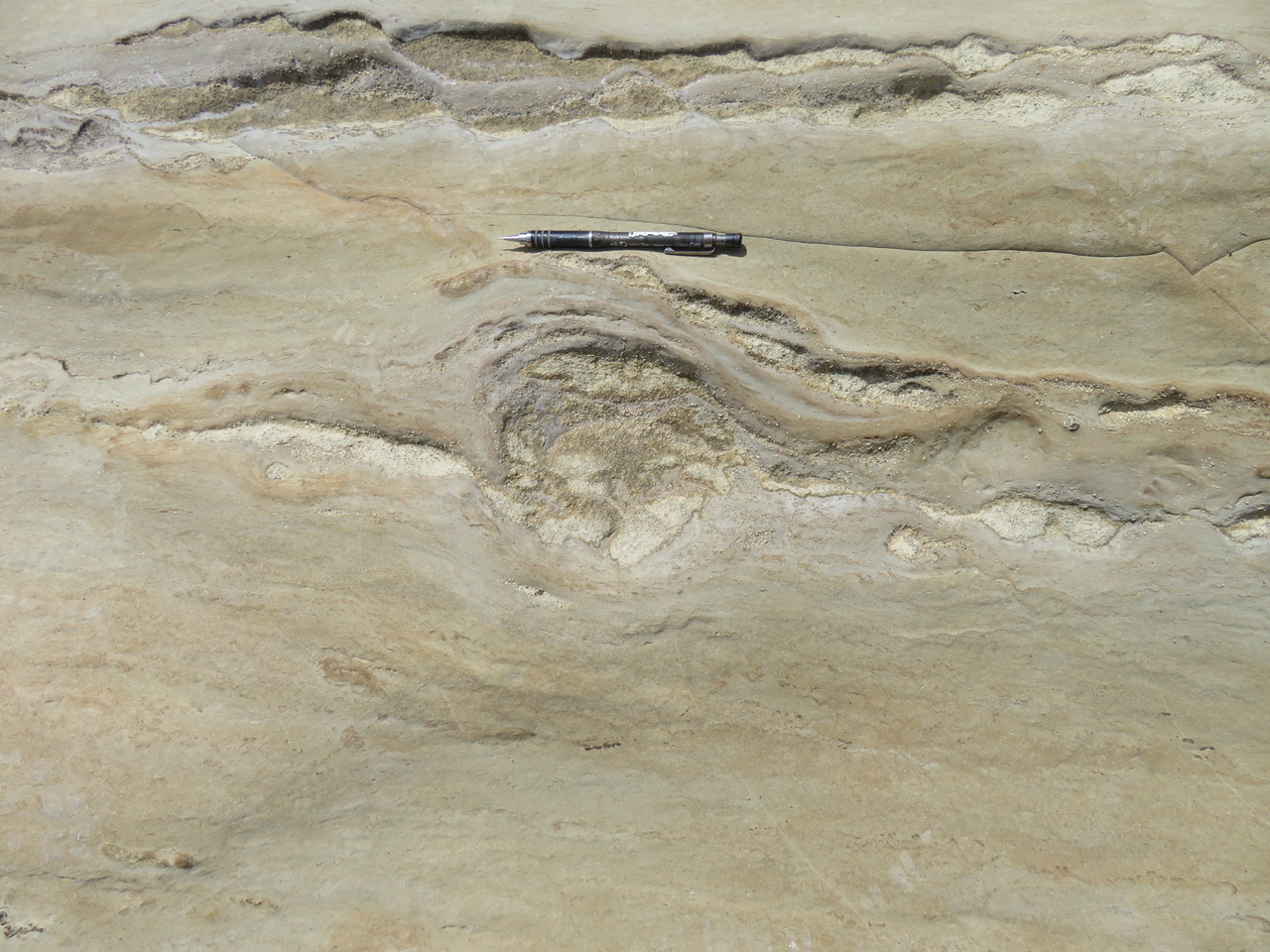
3) A structure that looks like a delta type clast seen in mylonite and other
metamorphic rocks. In this case the indicated sense of shear is sinistral.
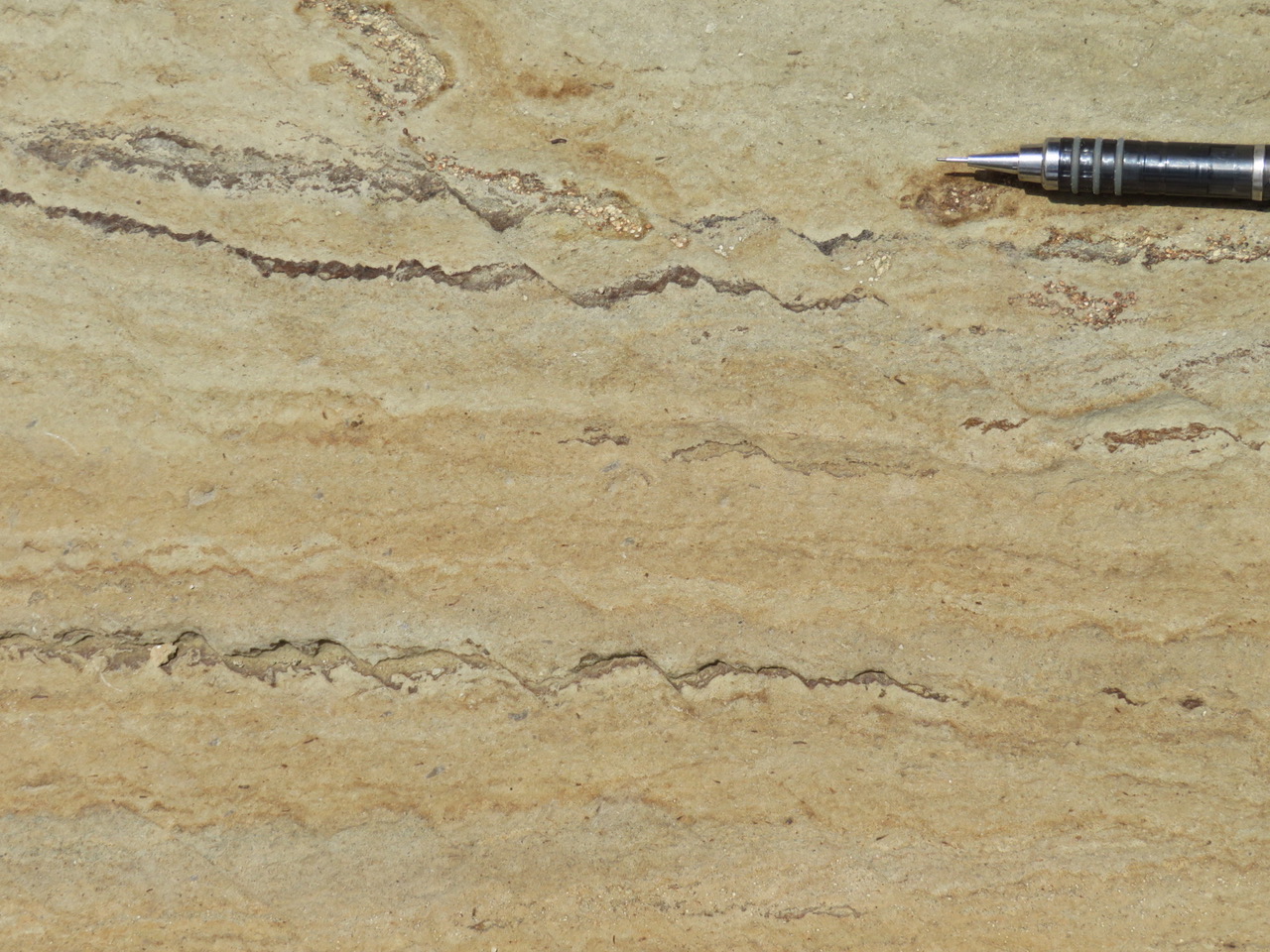
4) Some photogenic shear band type structures are also developed.
In this case they indicate a dextral sense of shear.
March 2023
Farewell party was held.
23rd March 2023
Degree conferment ceremony was held. Congratulations to Yamaoka-san, Ito-san, and Koyama-san!
Click here for details
22nd March 2023
We accepted 2nd and 3rd year students from the Department of Earth and Planetary Science as interns. We conducted fieldwork to the Inada granite quarry and around Mt. Tsukuba.
Click here for details
The Inada granite quarry
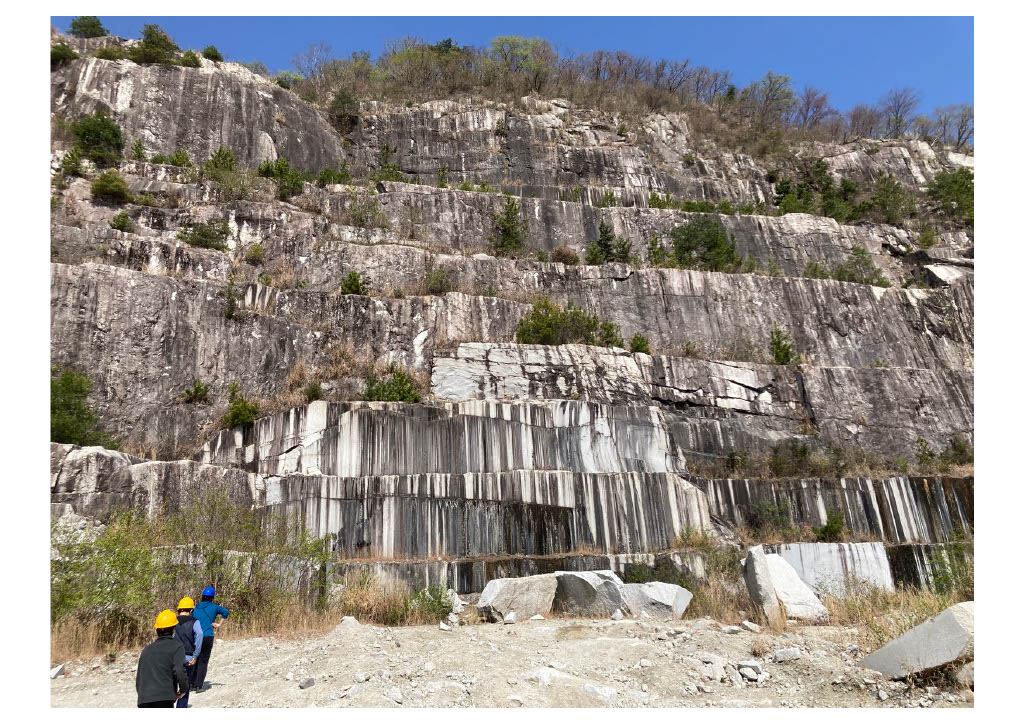
The summit of Mt. Tsukuba
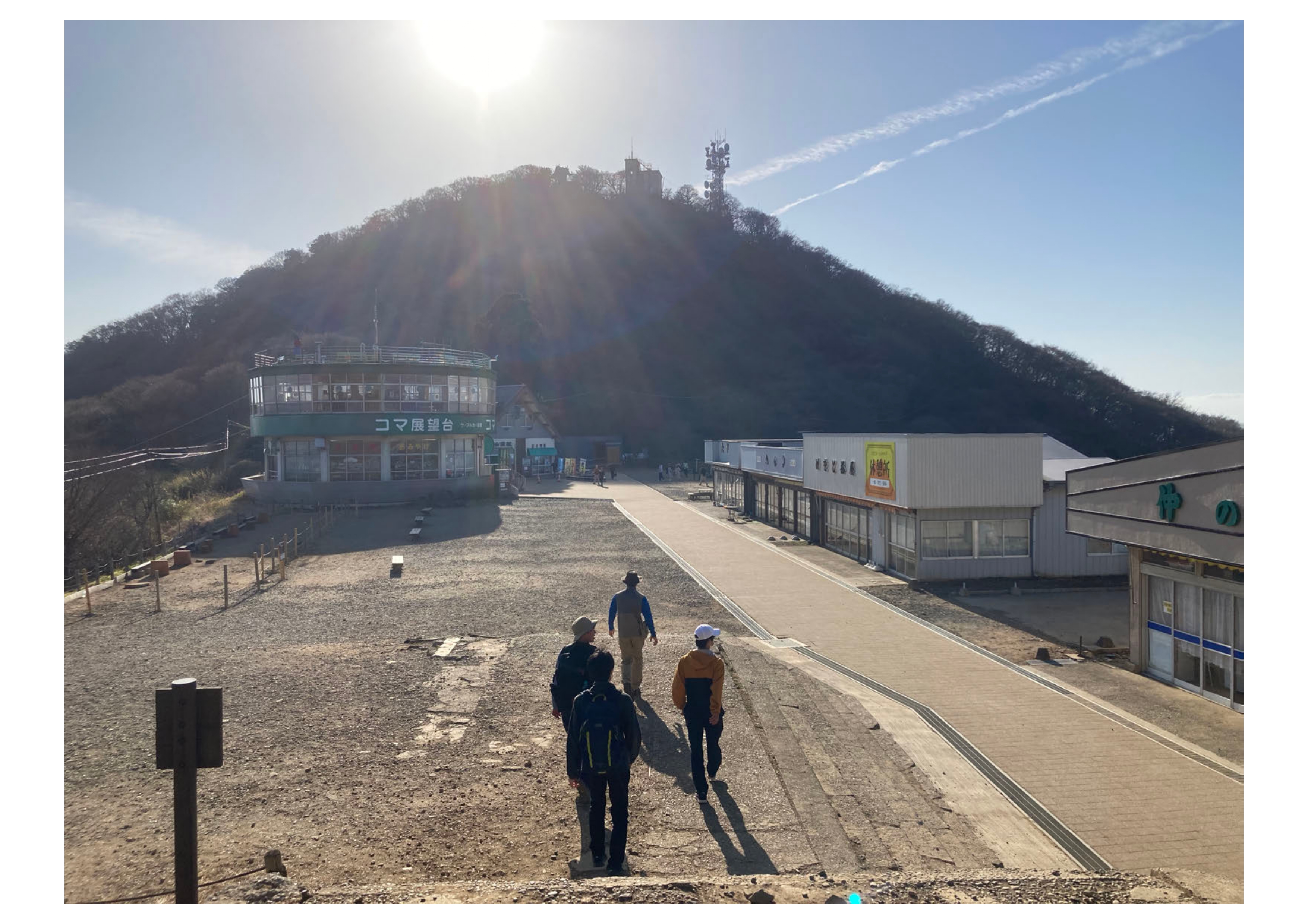
7th March 2023
Yamaoka-san visited Gifu Prefecture, Japan, in February to conduct a field survey.
Click here for details
岐阜県七宗町飛騨川沿いでジュラ紀付加帯の一部である上麻生礫岩とその上位・下位のタービダイトおよびスランプ堆積物を観察・記載
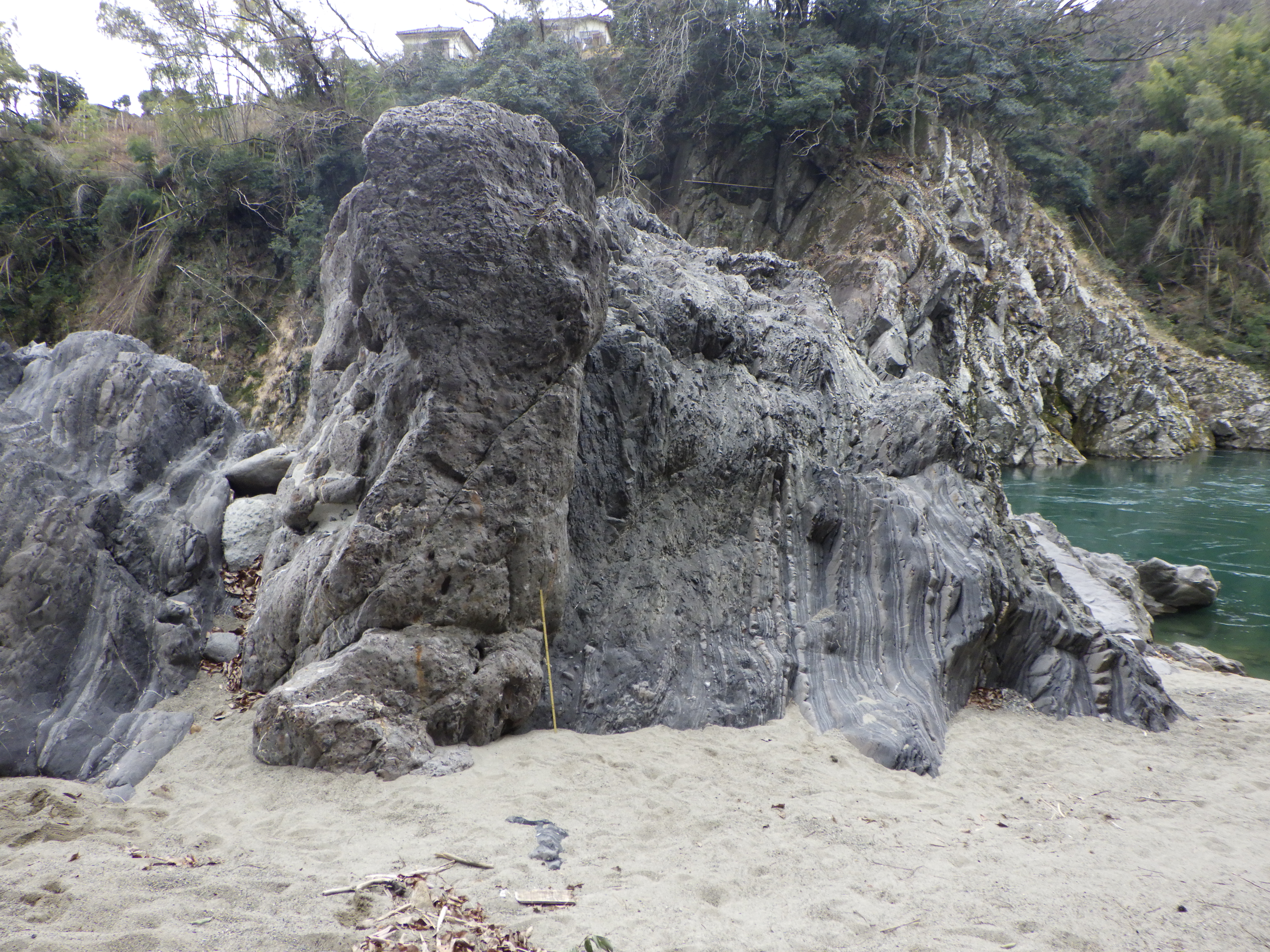
砂泥質な海溝充填堆積物に挟まれる厚さ2 m余りの上麻生礫岩 Cg.I層(折尺より左側; Adachi 1971)。地層は高角度で傾斜し、周囲のタービダイトで観察される級化層理や荷重痕などの堆積構造からは地層の上位が画像右側であることが分かる。
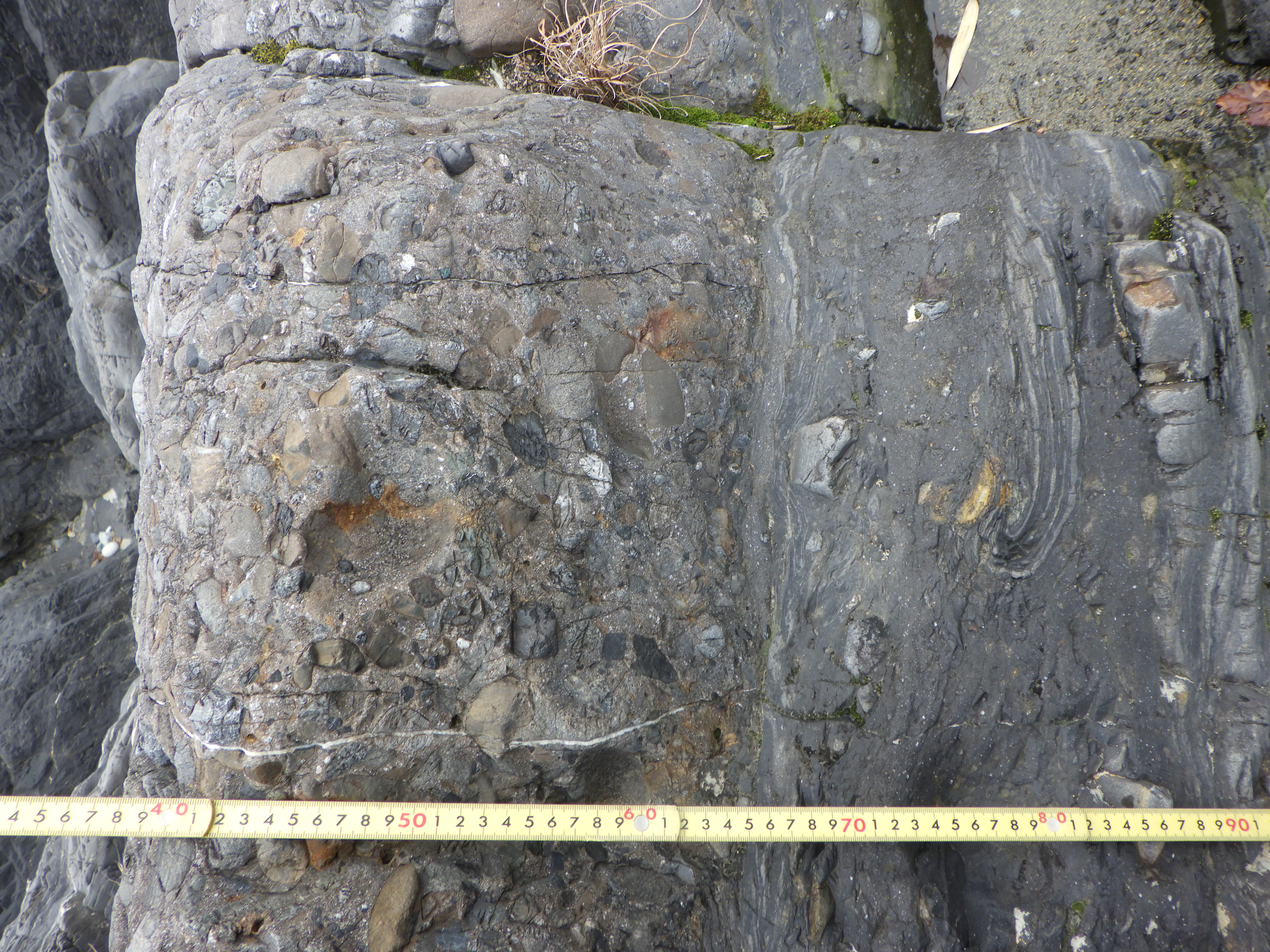
Cg.I層はスランプ堆積物に挟まれており、砂泥互層の破断や褶曲などの未固結堆積物の変形など多様な堆積構造が認められる。
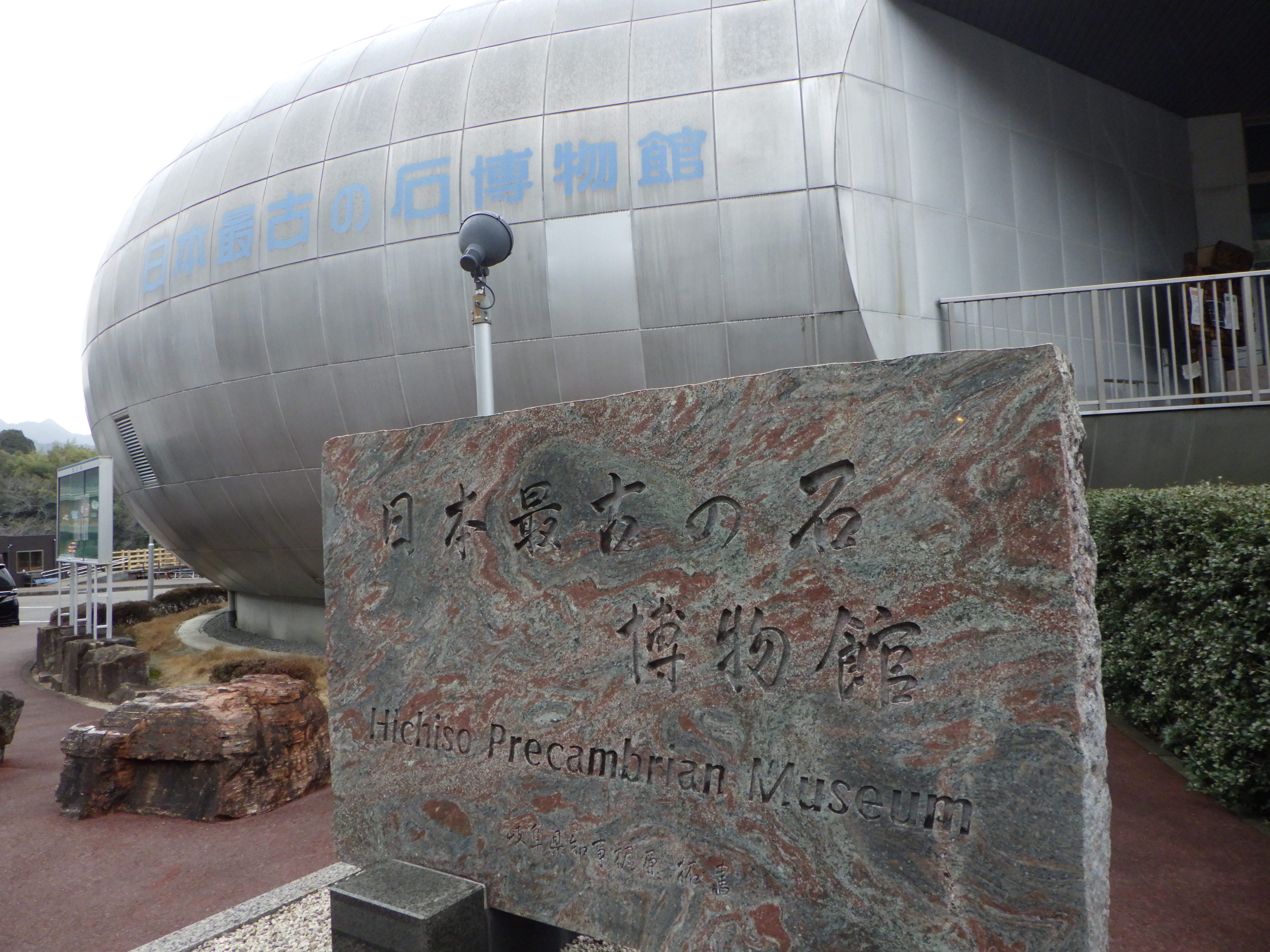
上麻生礫岩に含まれる片麻岩礫の年代測定から20億年以上前の形成年代が示され、発見当時は日本最古の岩石であったため、露頭からほど近い場所に「日本最古の石博物館」が建てられた。
7th March 2023
Simon Wallis won a gold medal at this year's Japan Veterans International Judo Championships (17th Japan Masters Judo Championships).
https://twitter.com/eps_UTokyo/status/1617725670888706048?cxt=HHwWgMDQ1aa7qPMsAAAA
7th March 2023
Information on recently published papers.
Congratulations to Yeo-san!
[Peer-reviewed paper] February 2023
A paper with Yeo Thomas (D2) has been published in Journal of Structural Geology:
https://www.sciencedirect.com/science/article/pii/S0191814123000172
26th Dec 2022
Looking back 2022
Thank you all for everything this year.
Here is a brief introduction about some of the surveys we conducted this year (selected surveys in which a relatively large number of our lab members participated).
Click here for details
1)February 2022
Field work in Shikoku


2)August 2022
Joint field excursion in Shikoku with members of the Yamaguchi laboratory (AORI).
Thank you to Mutsuki Aoya (Tokushima Uni) and Rina Fukuchi (Naruto Uni of Education) for joining for part of schedule.






3)September 2022
Field excursion after an international workshop on slow earthquakes held in Nara.
SW and TN did some driving and Thomas helped with the planning to see the MTL outcrops.
Out thanks to Yamaguchi-san for doing most of the organization and for an excellent tour despite the typhoon.



In October, Wallis-san and Soejima-san also went overseas (to USA) to conduct research.
Click here for details
Field Work in the Franciscan Terrane, W. USA

Serpentinite outcrop in northern part of Del Puerto Canyon area.
The layer seen in the lower left part of the image is referred to as black serpentinite and represents a shear zone along the base of the Coast Range Ophiolite

Meta psammite that was exhumed from depths of around 30 km (Del Puerto Canyon)
Deformed quartz veins are widely observed throughout the area and represent the result of inflow of fluids and movement of SiO2 at depth.

Collecting samples along the San Antonio Valley Road. Many of the samples from this survey were collected in the same way.

Ring Mountain in the Tibron Peninsula. In the center of the image there are blocks of massive serpentinite and eclogite that have undergone retrograde blueschist metamorphism and are all surrounded by a matrix of serpentinite melange.

Blueschist in the Ring Mountain area. The blocky creamy white crystals are lawsonite and this is close to the locality where lawsonite was first described. The lawsonite grains grew under high-pressure conditions. The foliation is straight and contained within the lawsonite grains. This shows that the foliation formed before the lawsonite and is related to subduction processes.

A block of blueschist showing folds. Such high-grade metamorphic blocks are more resistant to erosion than the surrounding serpentinite mélange and stand out above the generally flat-lying landscape. These blocks preserve evidence for anticlockwise P–T paths (decreasing T at the same P) , which represents the thermal structure immediately after the onset of subduction.

Folded layer of eclogite (omphacite and garnet) in blueschist. Layer is about 3 cm thick.

Fisherman’s Wharf in San Francisco, a well-known tourist spot.
14th Dec 2022
The latest episode of NHK World Japan's program "Ground Detective Simon Wallis" featuring Simon Wallis has been released.
File #6 "The Case of the Oyster"
3rd Sep 2022
Information on recently published papers.
Congratulations to Nagaya-san!
[Peer-reviewed paper] Sep 2, 2022
A paper with Takayoshi Nagaya as the first author has been published in Contributions to Mineralogy and Petrology:
https://link.springer.com/article/10.1007/s00410-022-01956-z
SharedIt (free to view): https://rdcu.be/cUSk0
4th Aug 2022
At the Japan Geoscience Union Meeting 2022, Yamaoka-san and Soejima-san received the Student Presentation Award (awarded to approximately 5-10% of the entries in each section)!
Congratulations to Yamaoka-san and Soejima-san!
https://www.jpgu.org/ospa/2022meeting/#sectionS
22nd June 2022
Outreach activities:
Simon Wallis on NHK WORLD JAPAN
The 'Ground Detective' Series!
File #1 "The Case of the Kakigori”
File #2 "The Case of the Soy Sauce"
File #3 "The Case of the Udon Noodles"
File #4 "The Case of the Sake"
File #5 "The Case of the Wasabi"
13th June 2022
Information on recently published papers.
Congratulations to Yamaoka-san and Soejima-san!
[Peer-reviewed paper] May 27, 2022
A paper with Shogo Soejima (D2) as the first author has been published in Journal of Geophysical Research: Solid Earth:
https://agupubs.onlinelibrary.wiley.com/doi/full/10.1029/2022JB024197
[Peer-reviewed paper] April 8, 2022
A paper with Ken Yamaoka (D3) as the first author has been published in Lithosphere:
https://pubs.geoscienceworld.org/gsa/lithosphere/article/2022/1/3899340/612935/
[Peer-reviewed paper] January 21, 2022
A paper with Ken Yamaoka (D3) as the first author has been published in Island Arc:
https://onlinelibrary.wiley.com/doi/abs/10.1111/iar.12440
13th June 2022
[Conference Presentation]
7 people of the group members made presentations at JpGU2022 held from May 22 to June 3, 2022.
8th March 2022
Our website is now open!